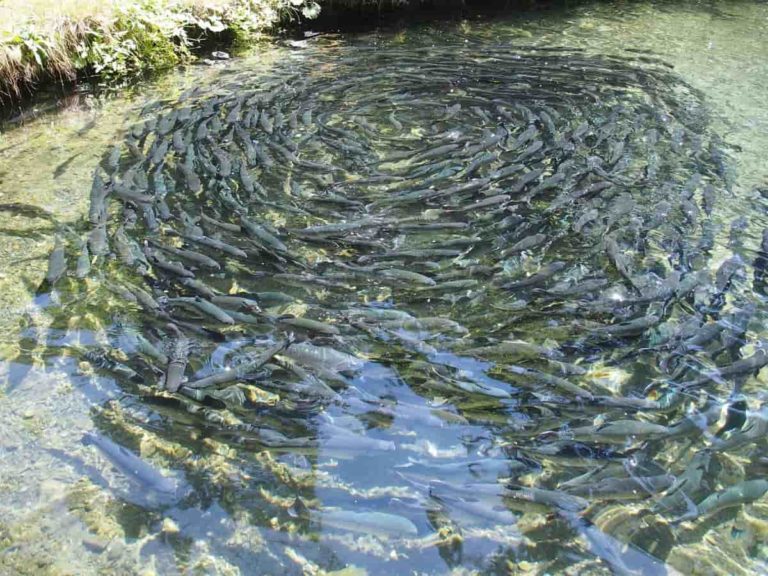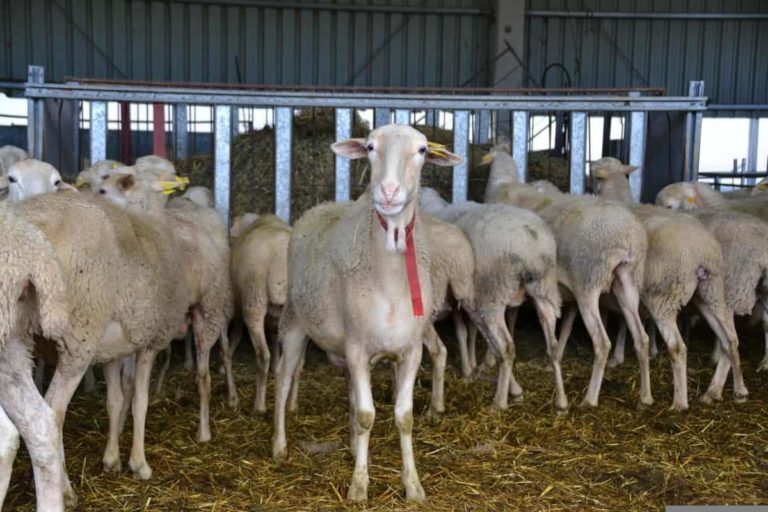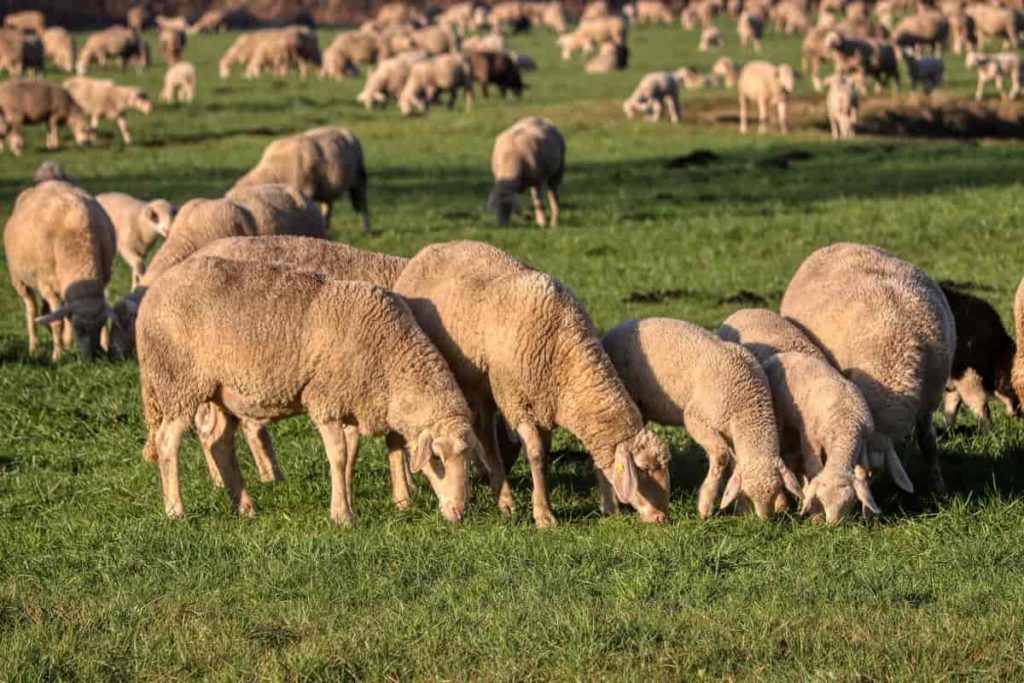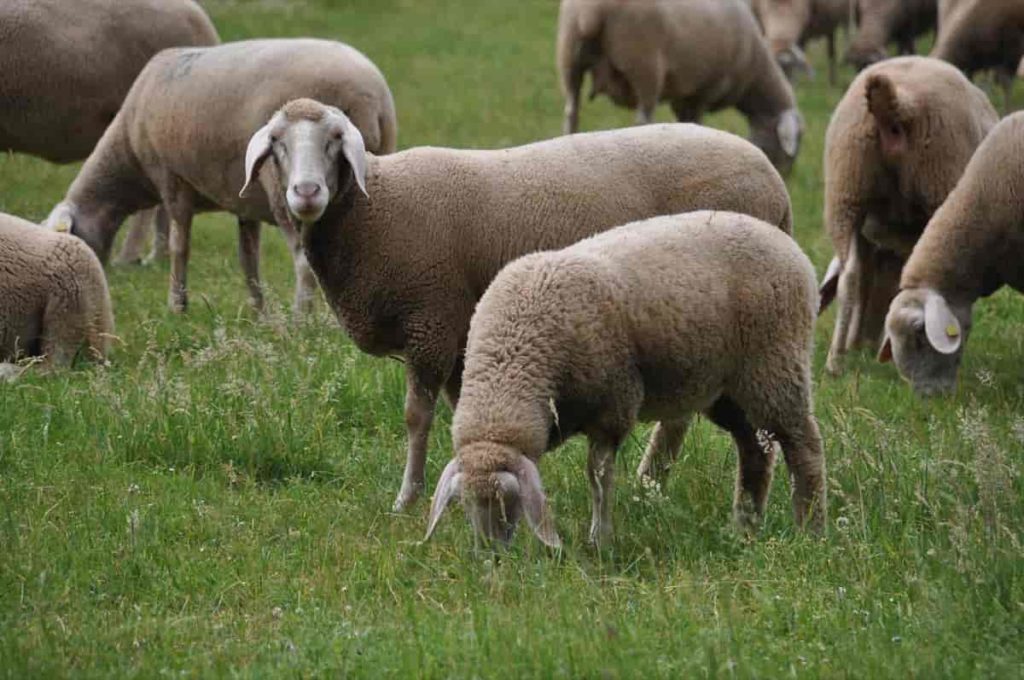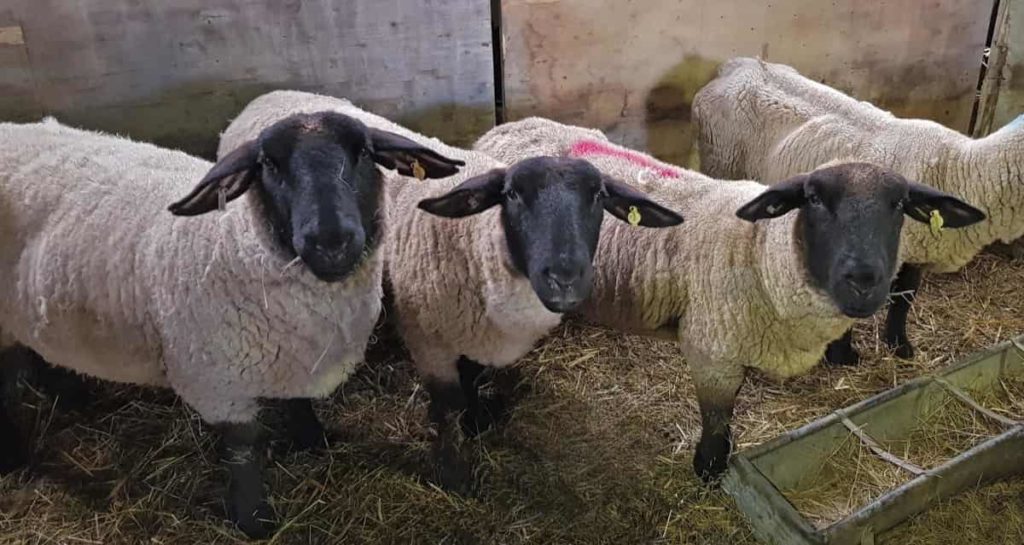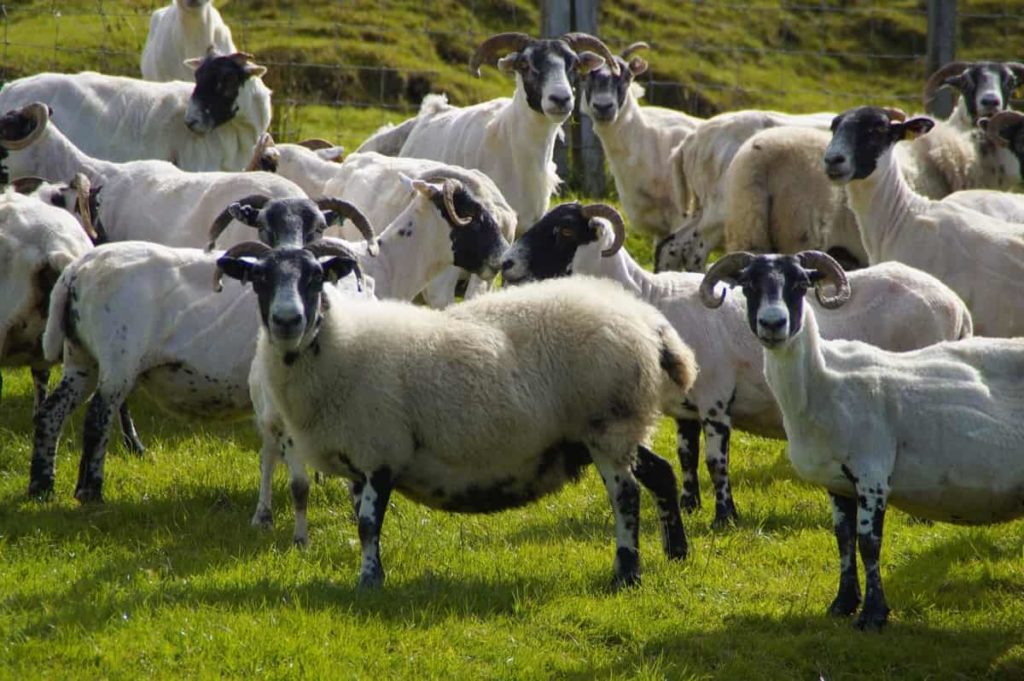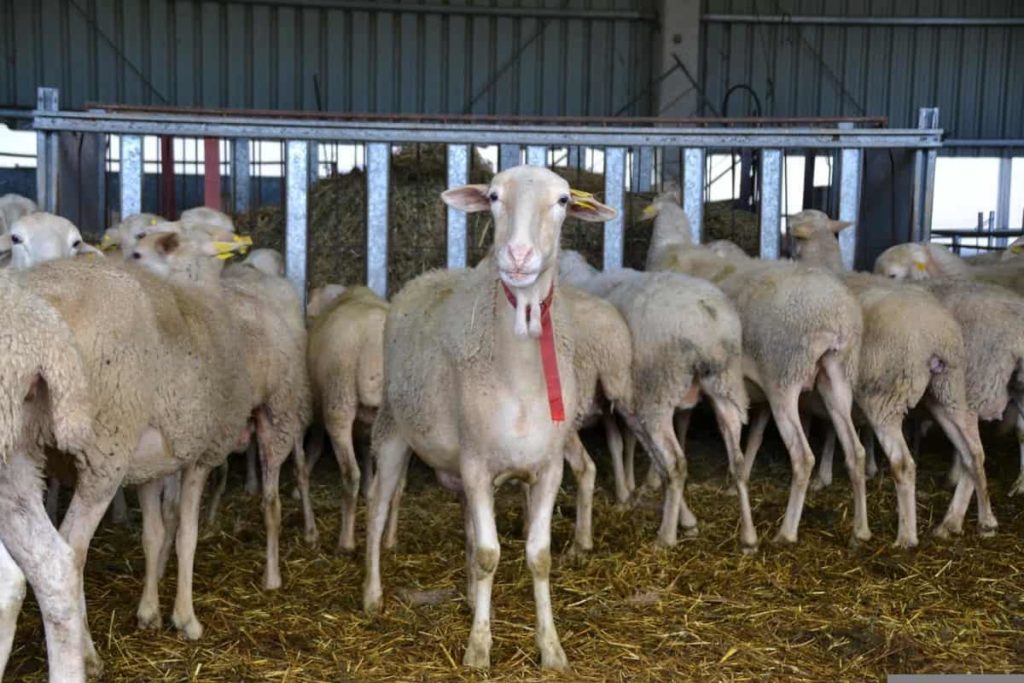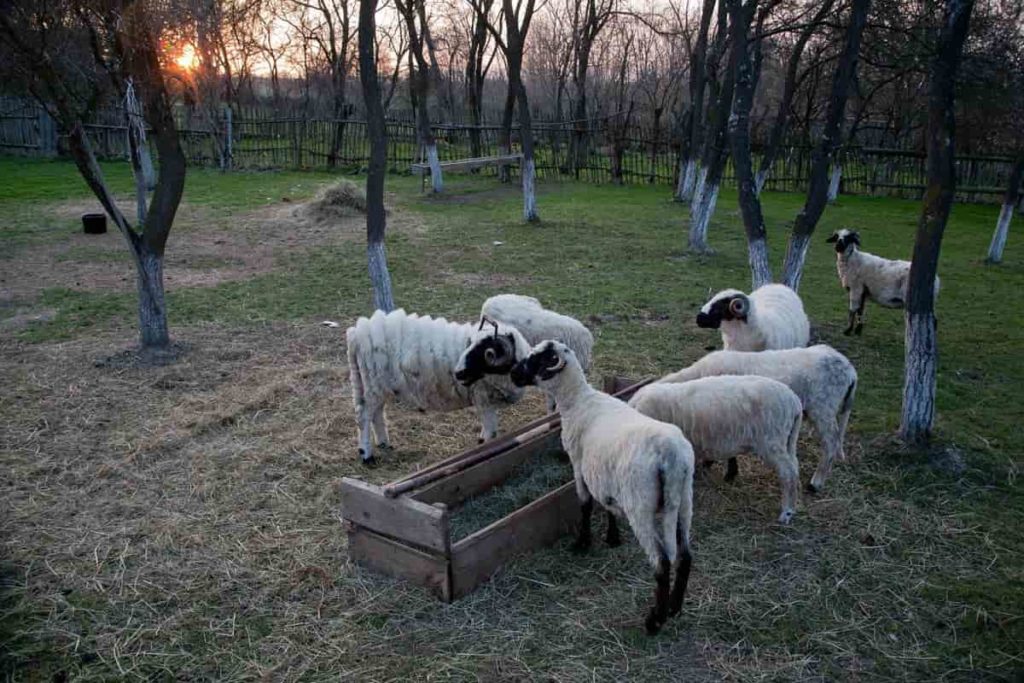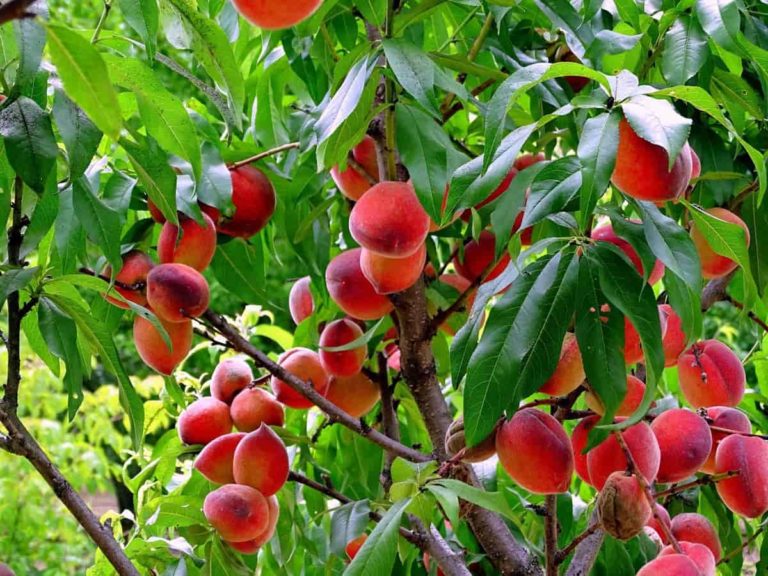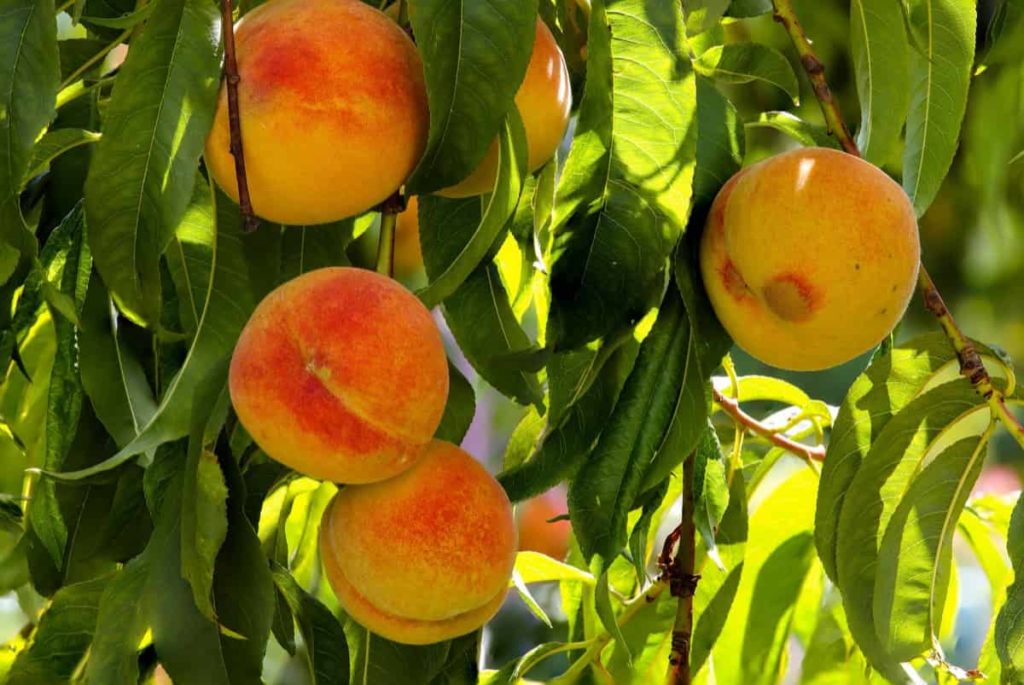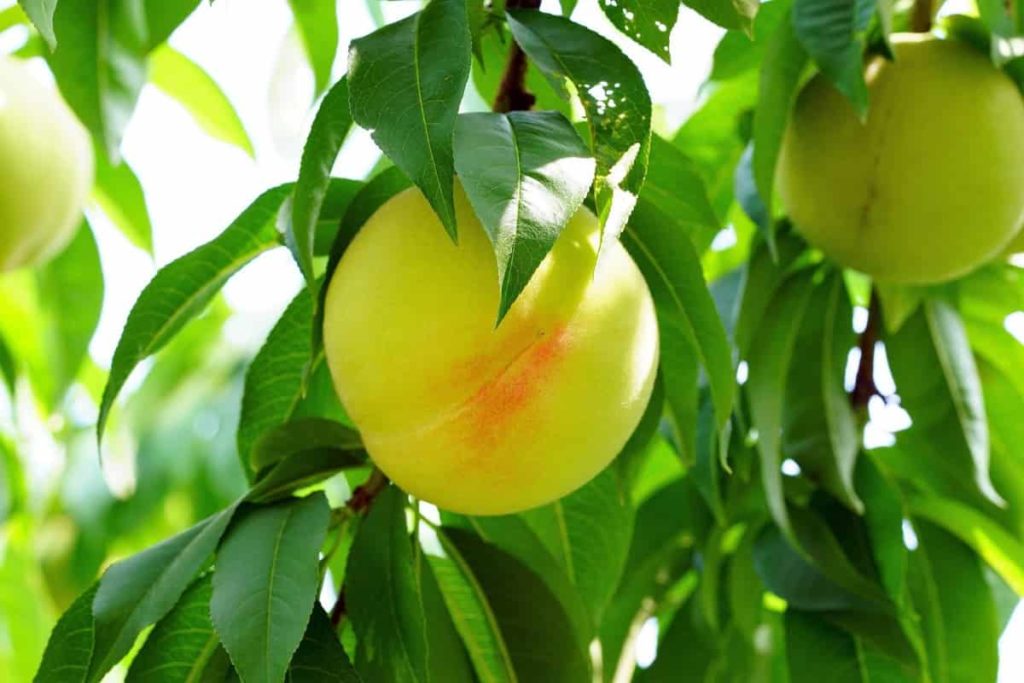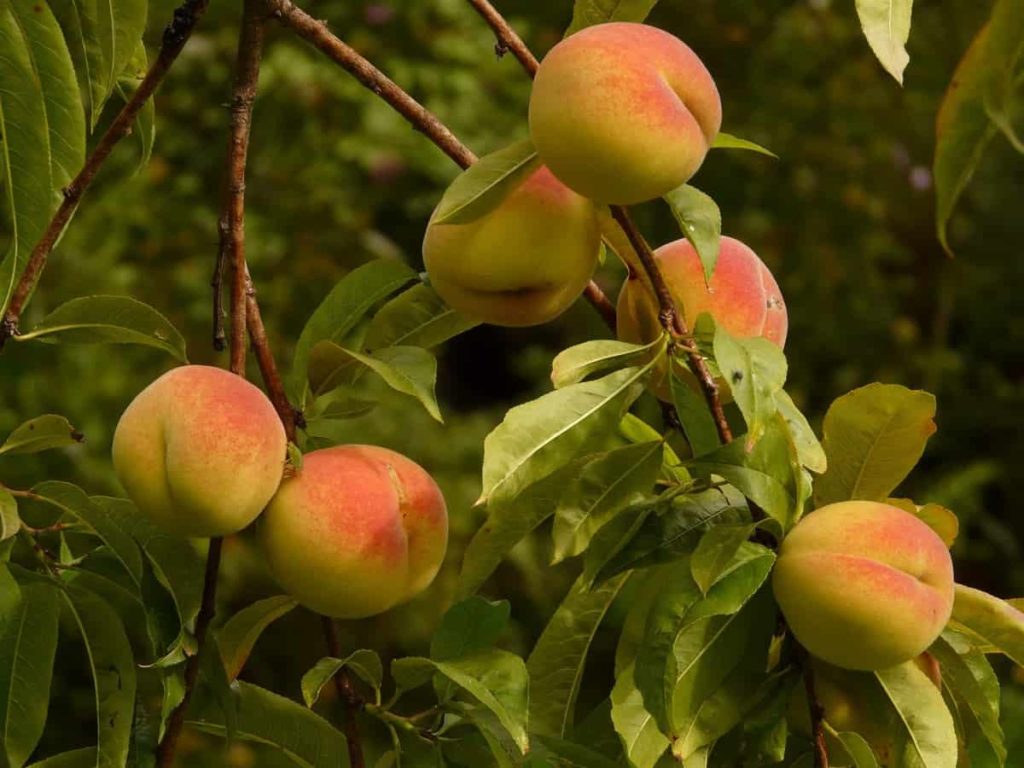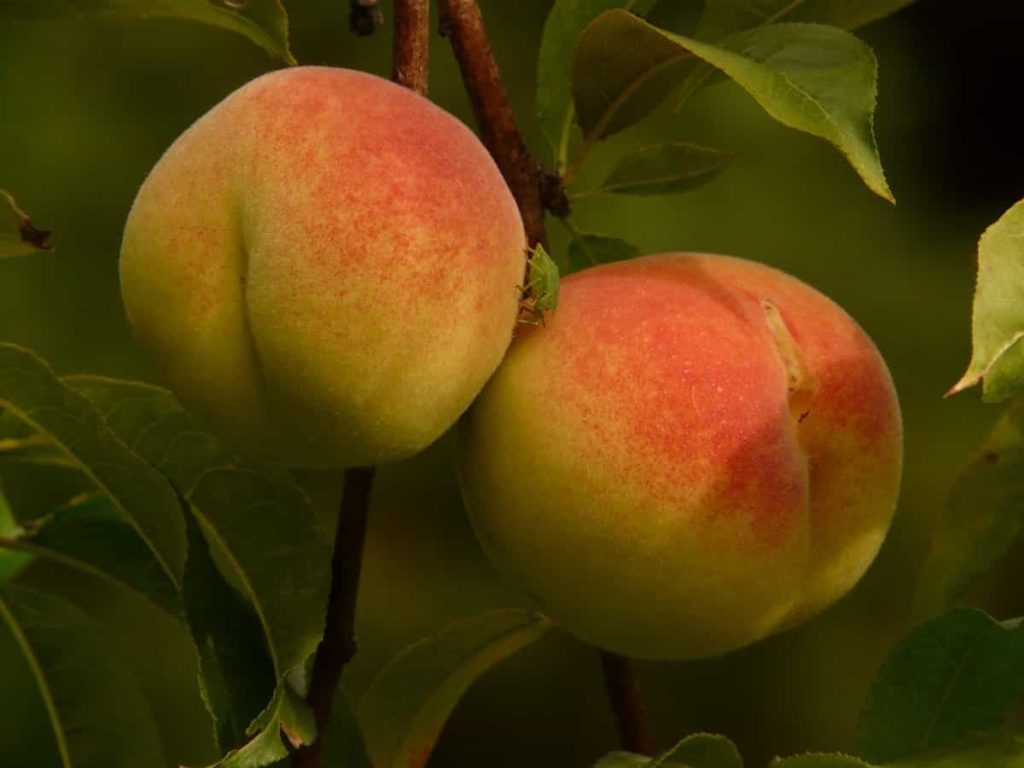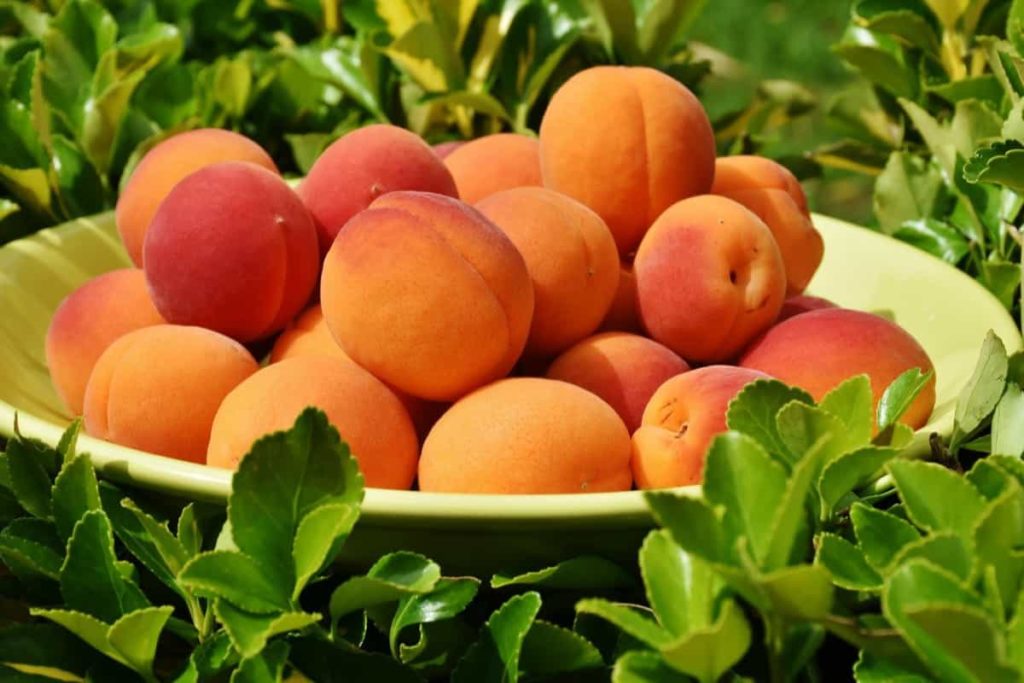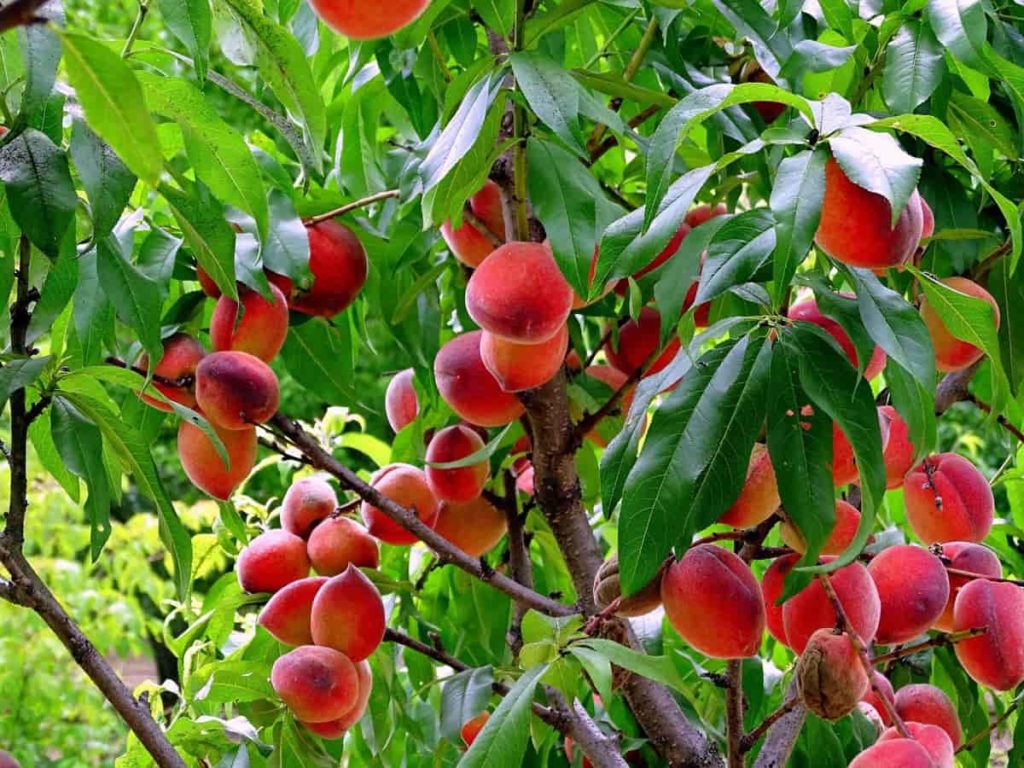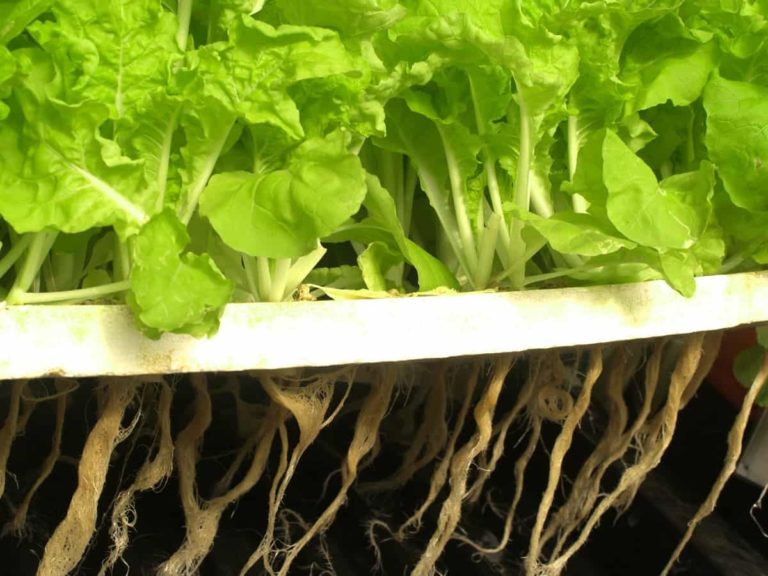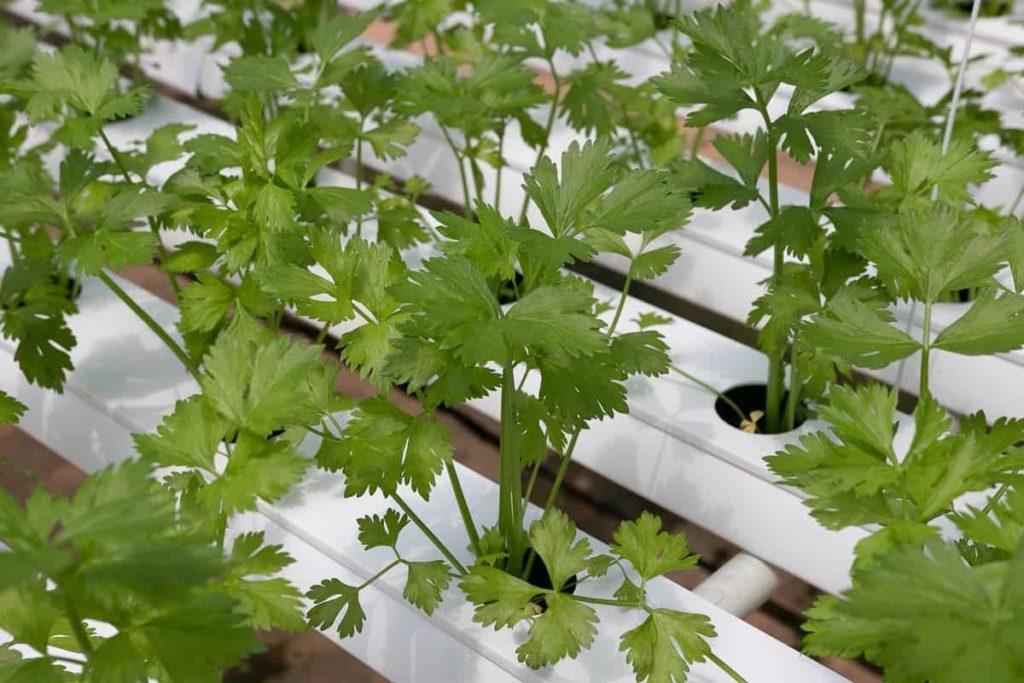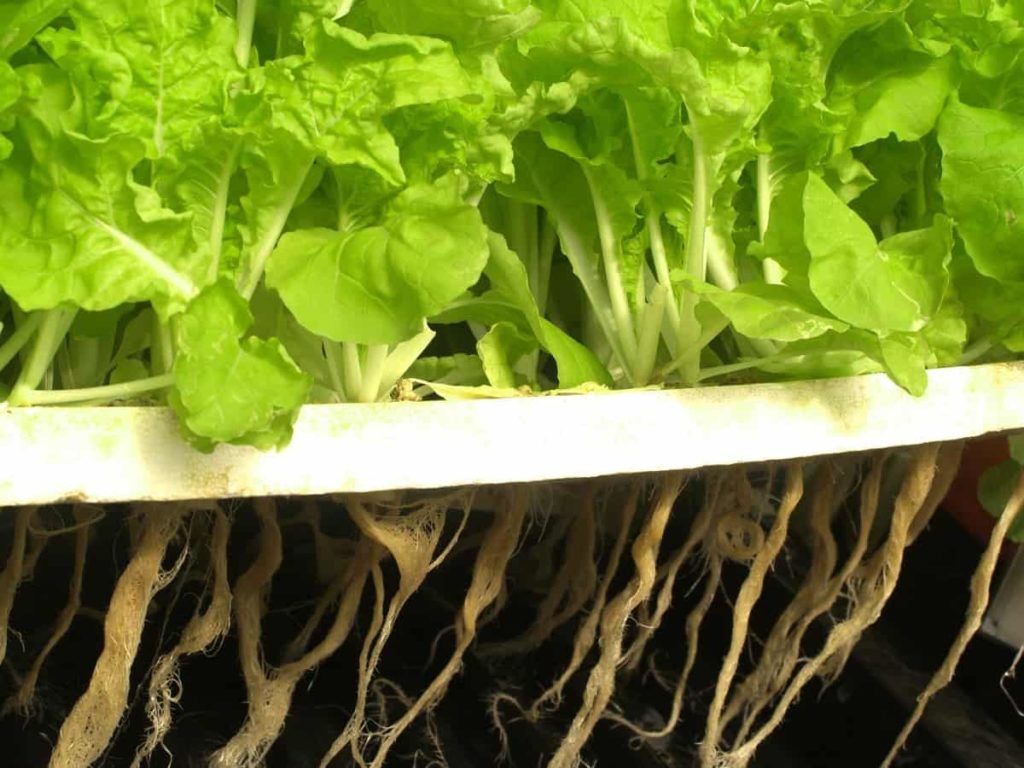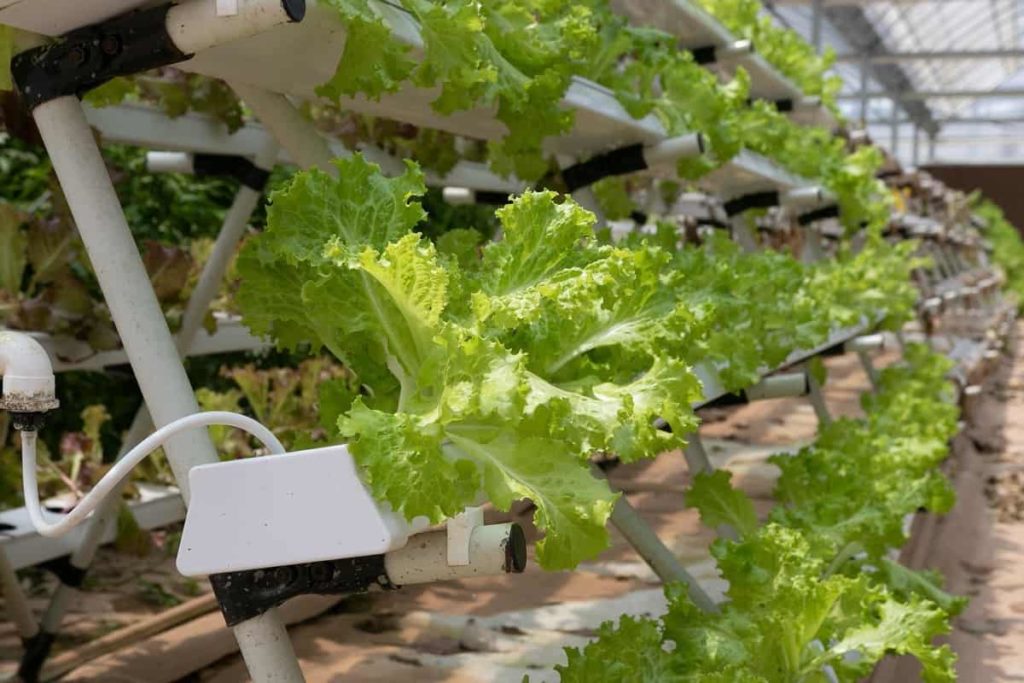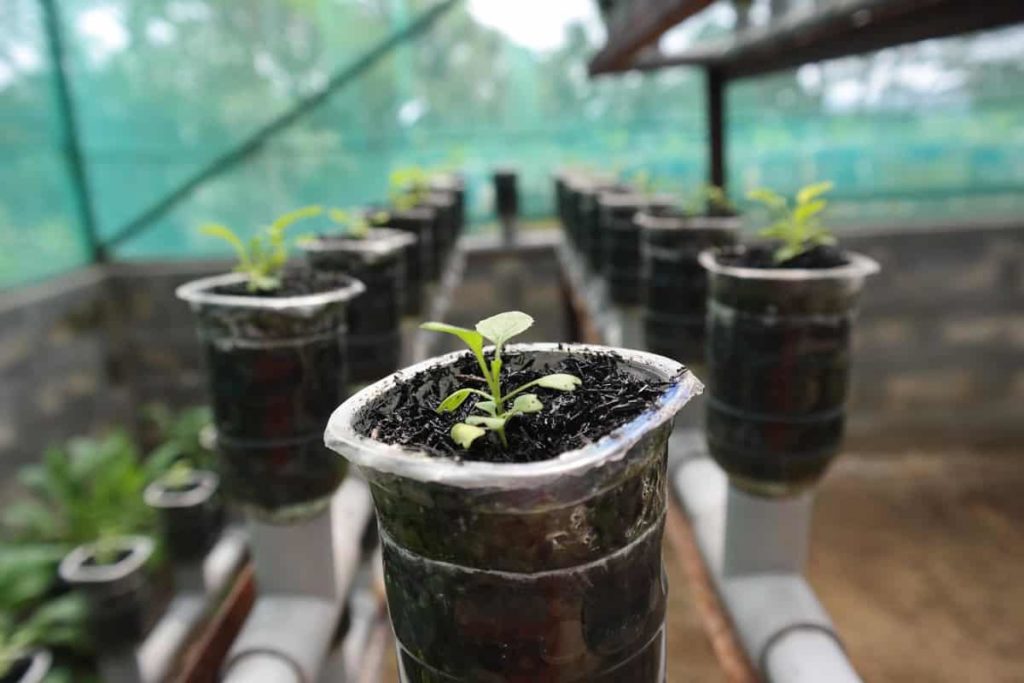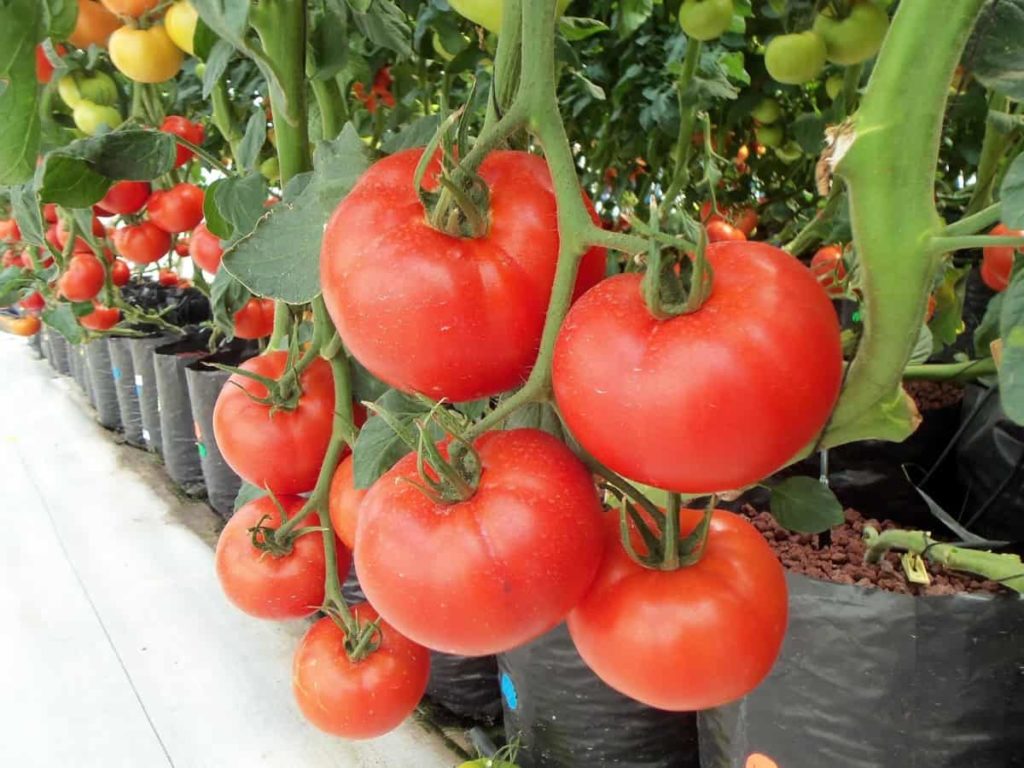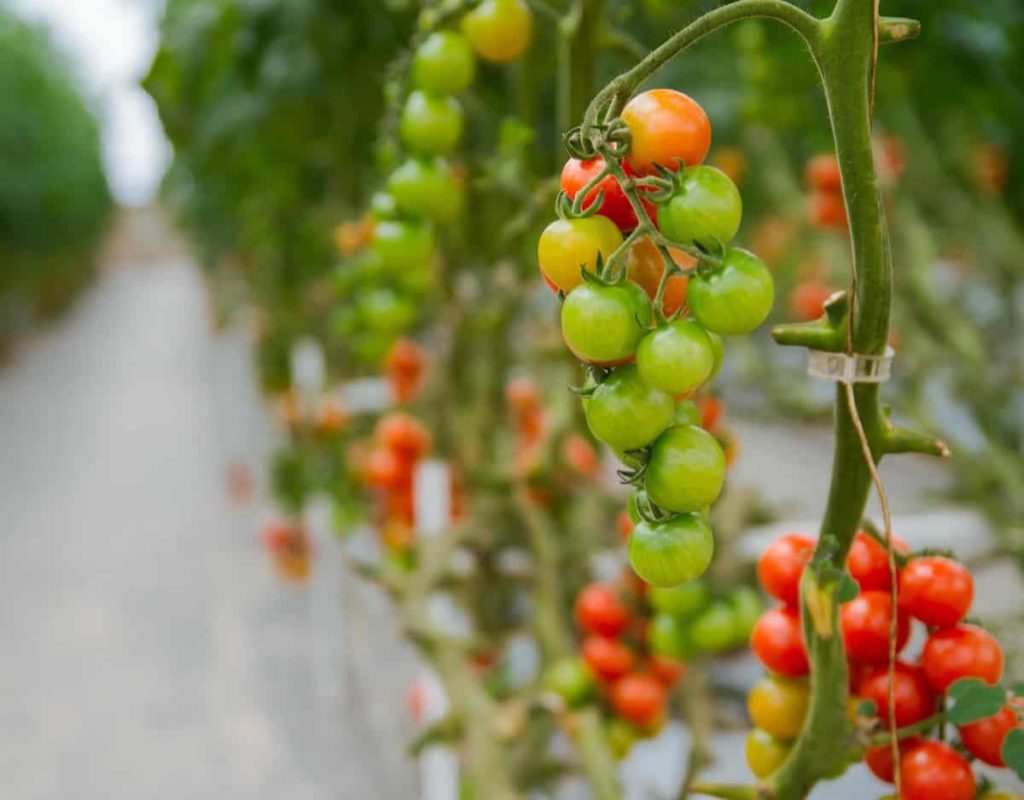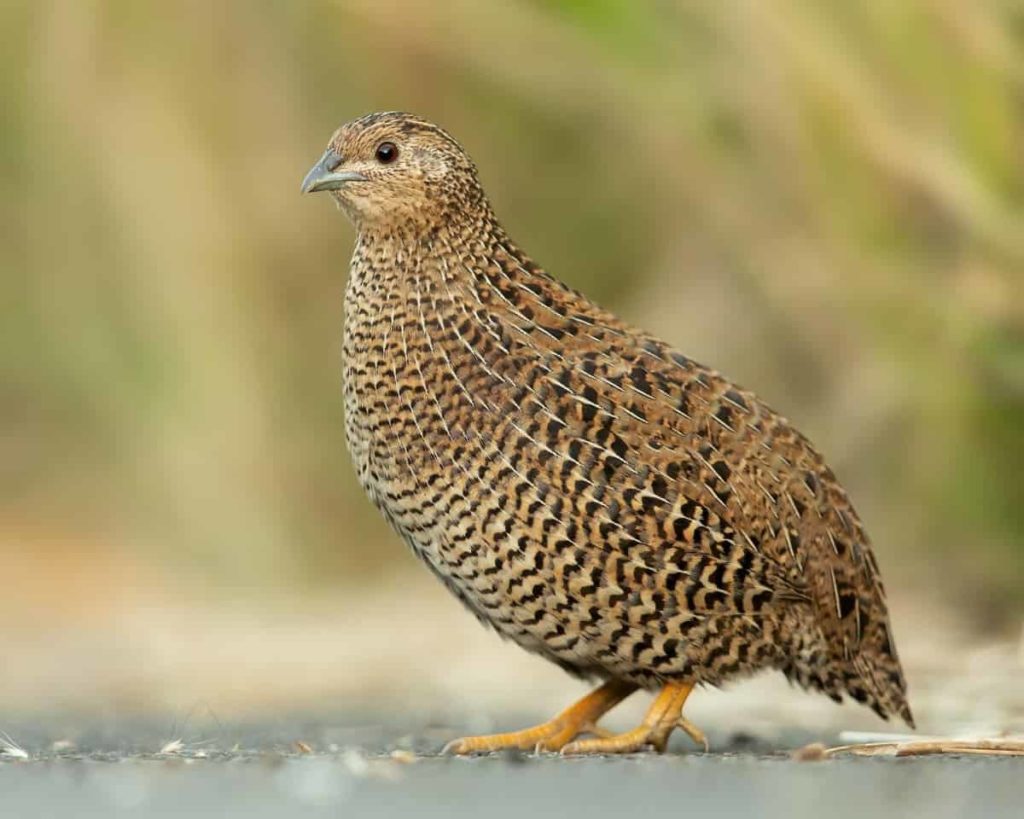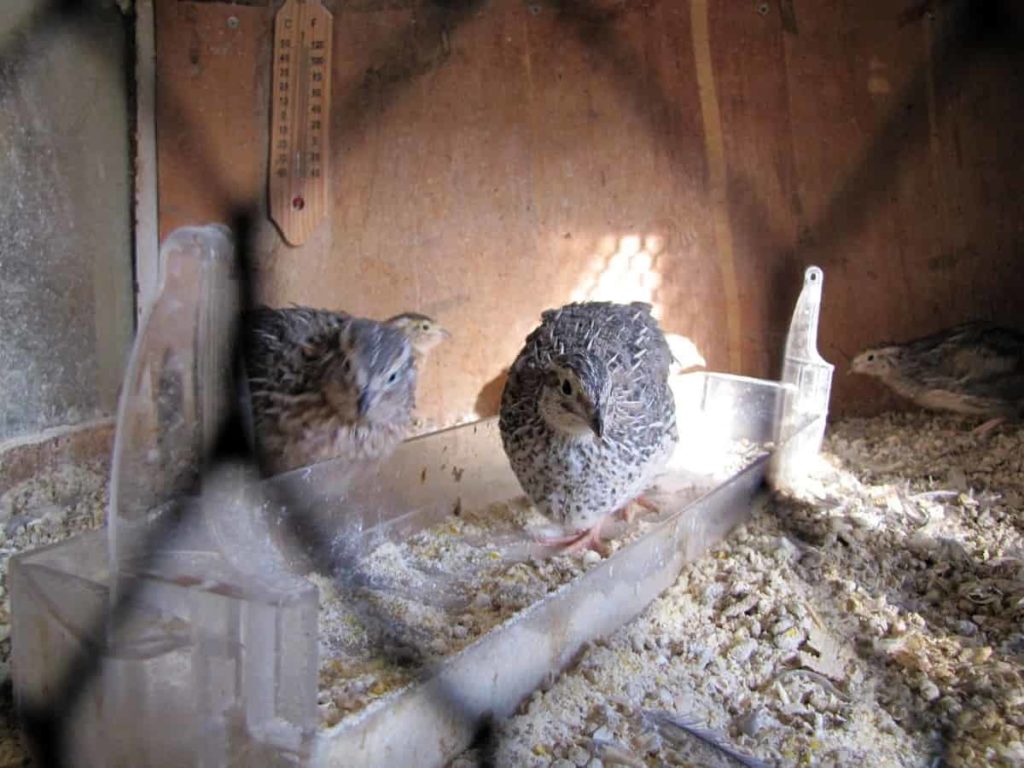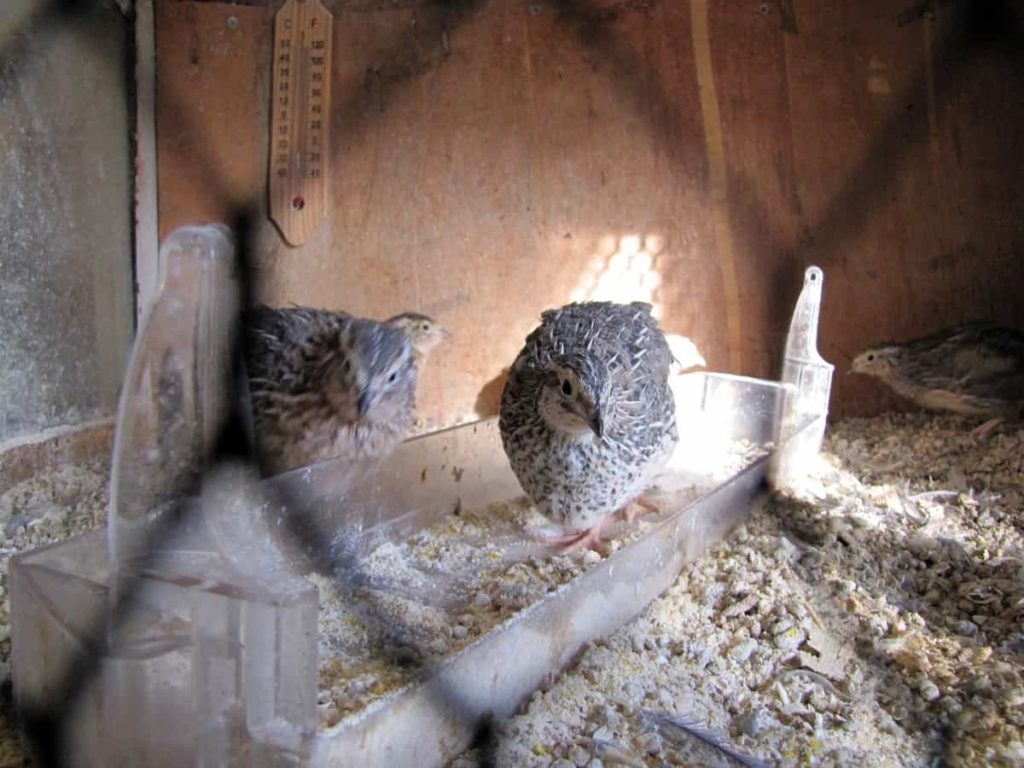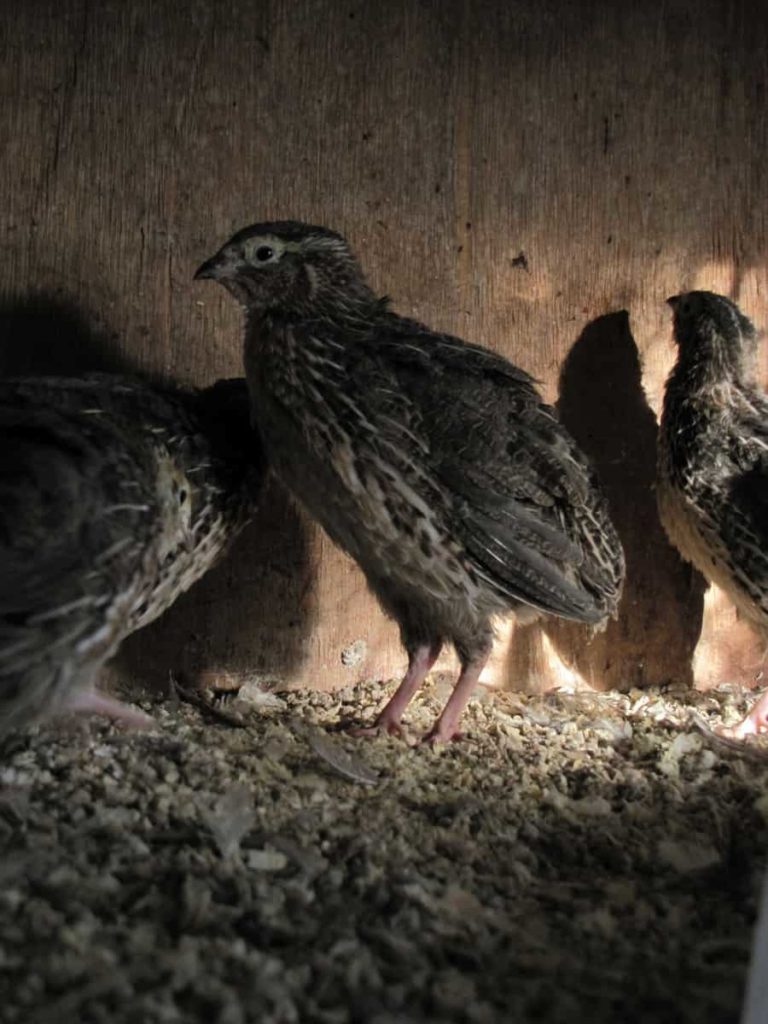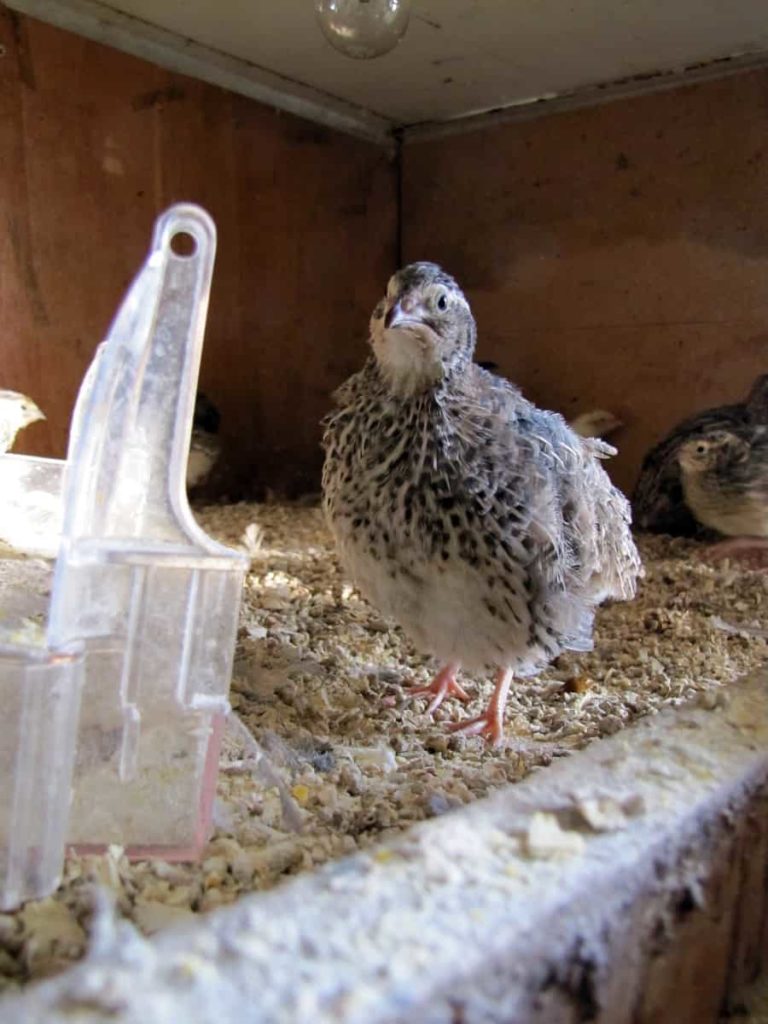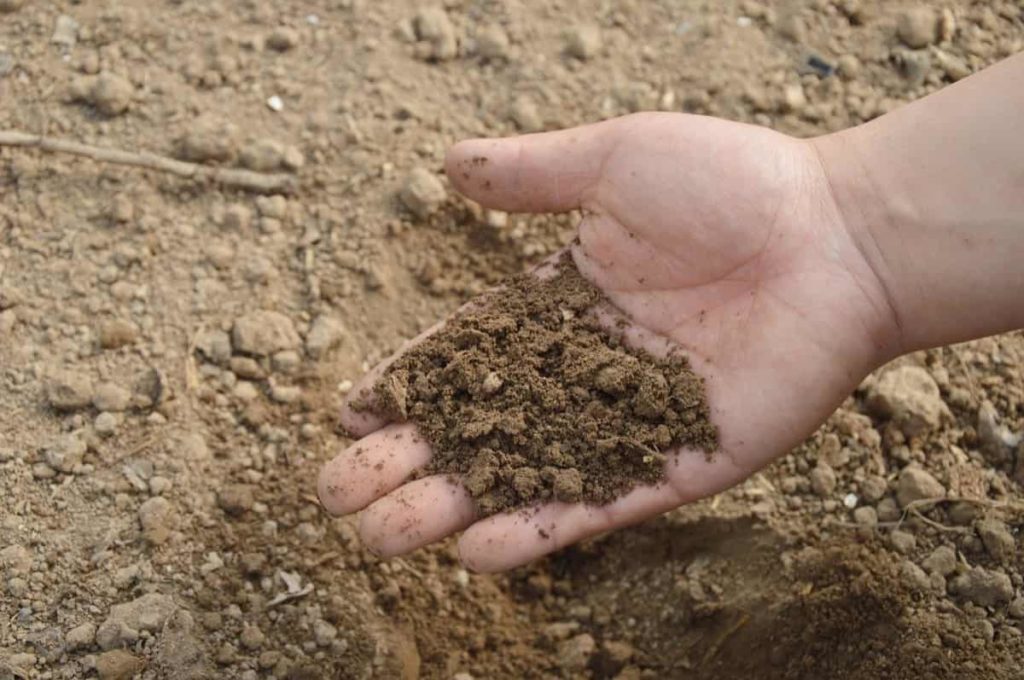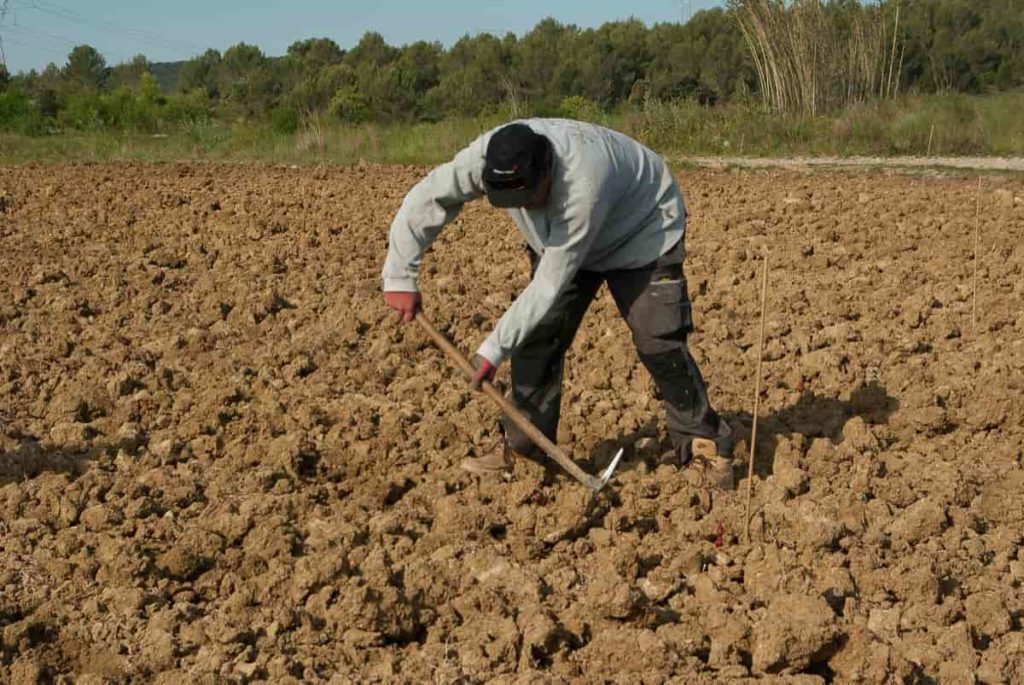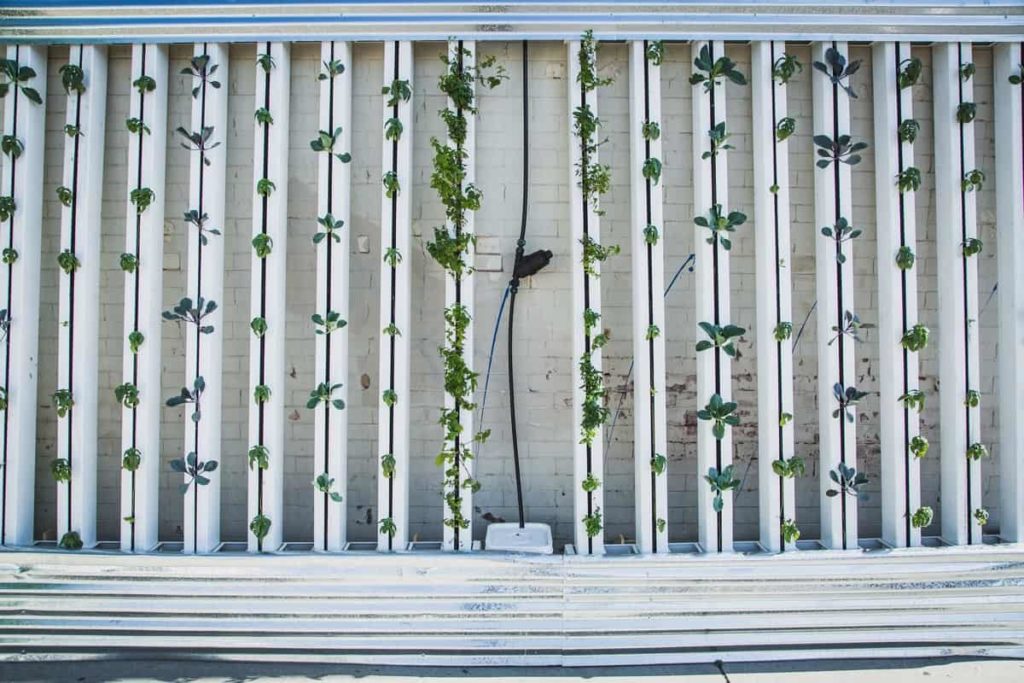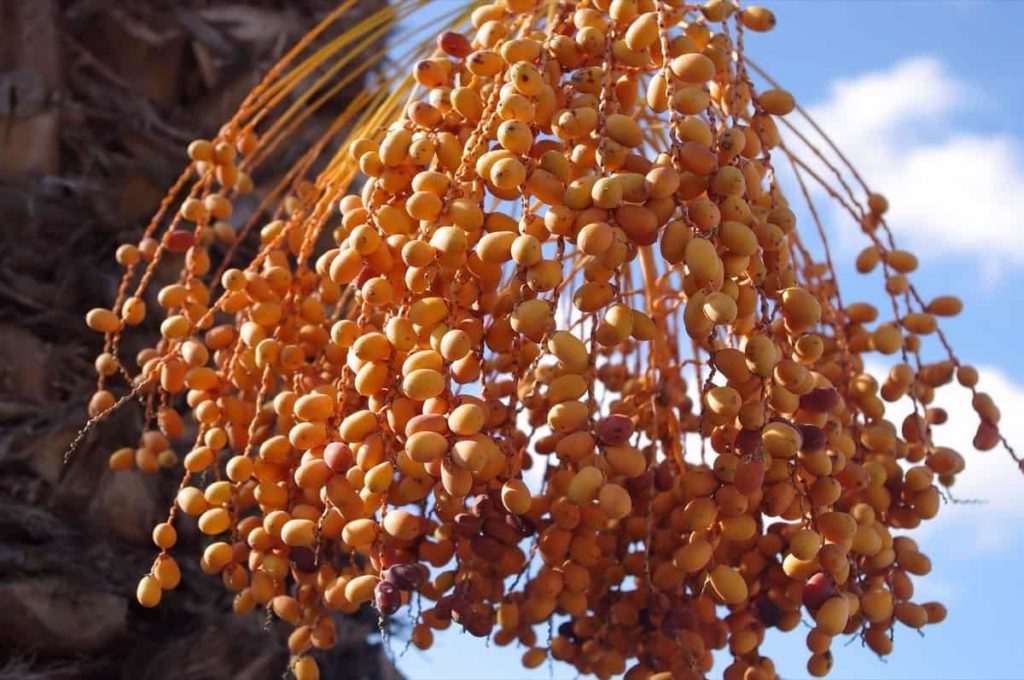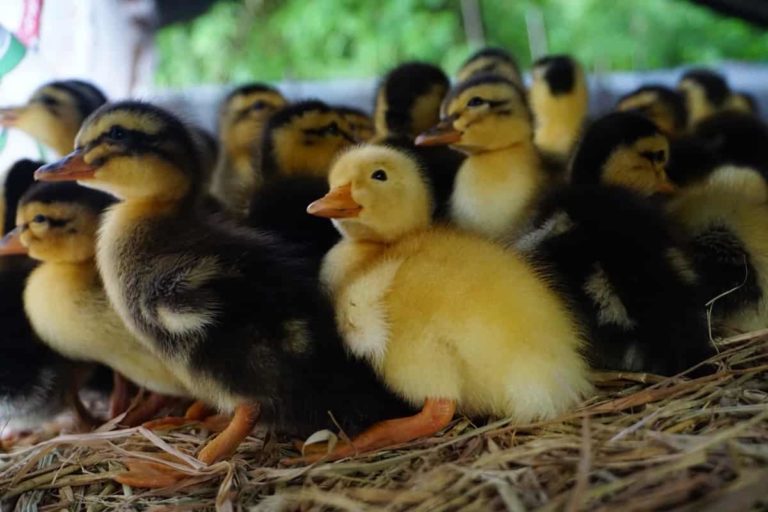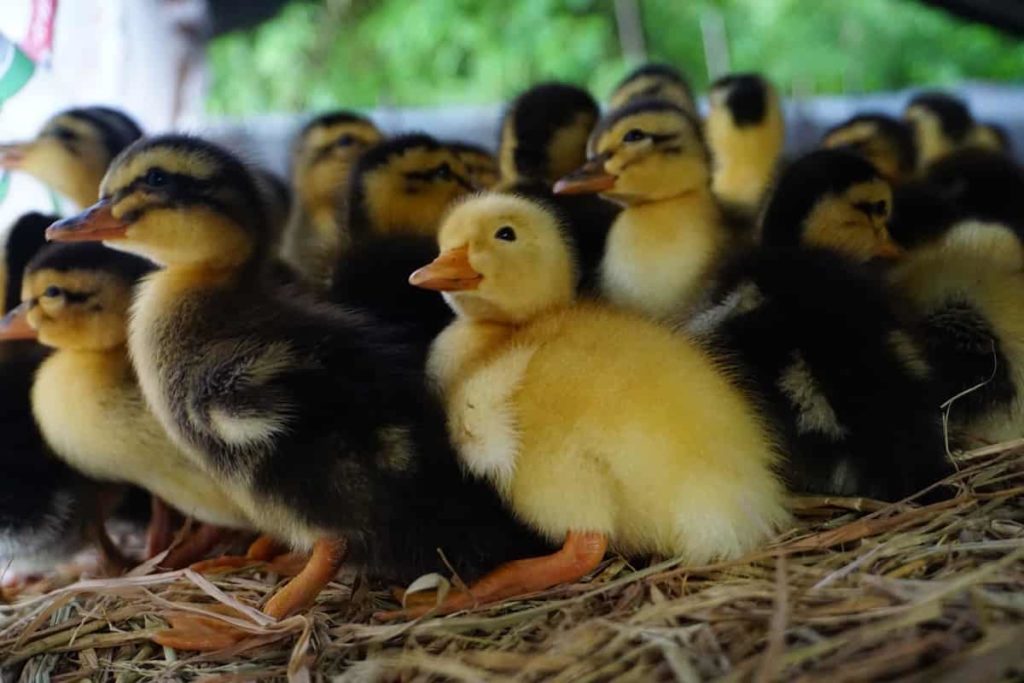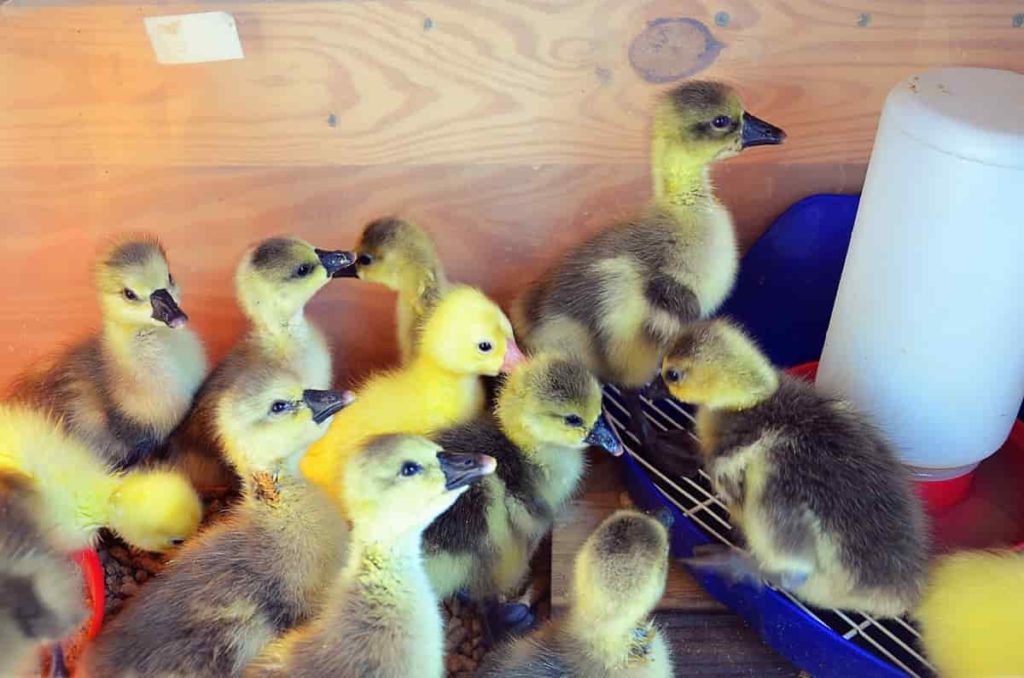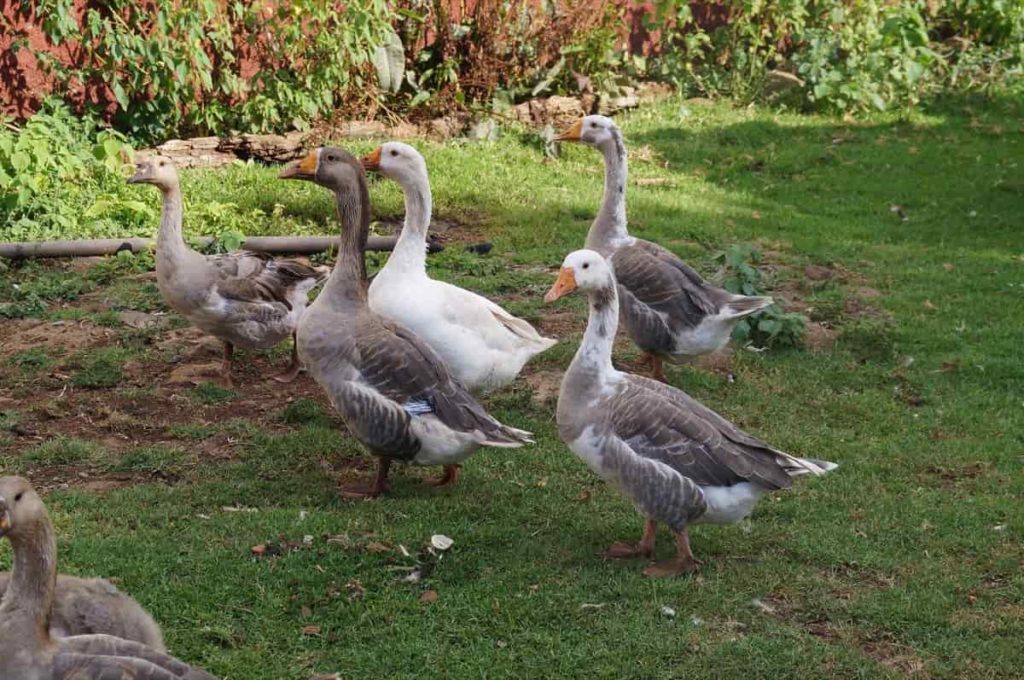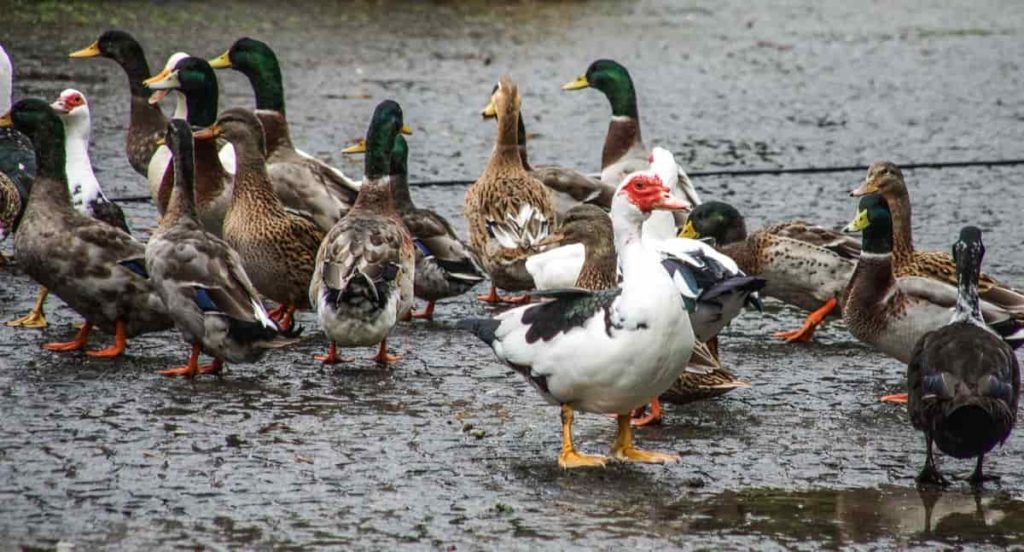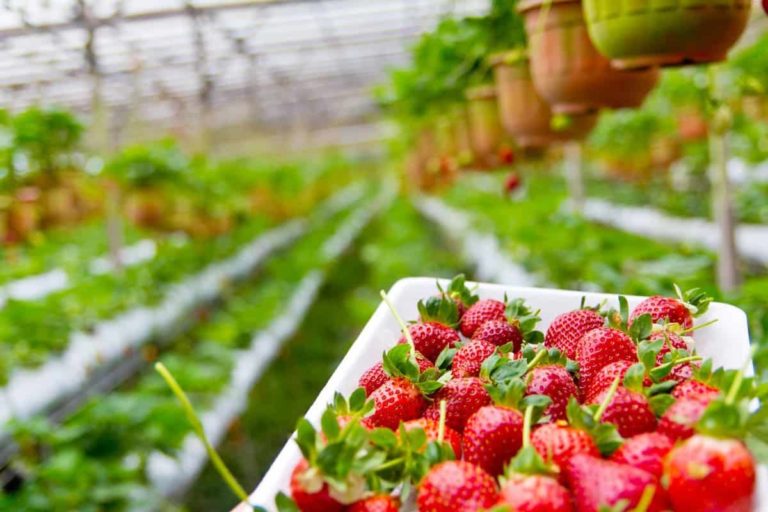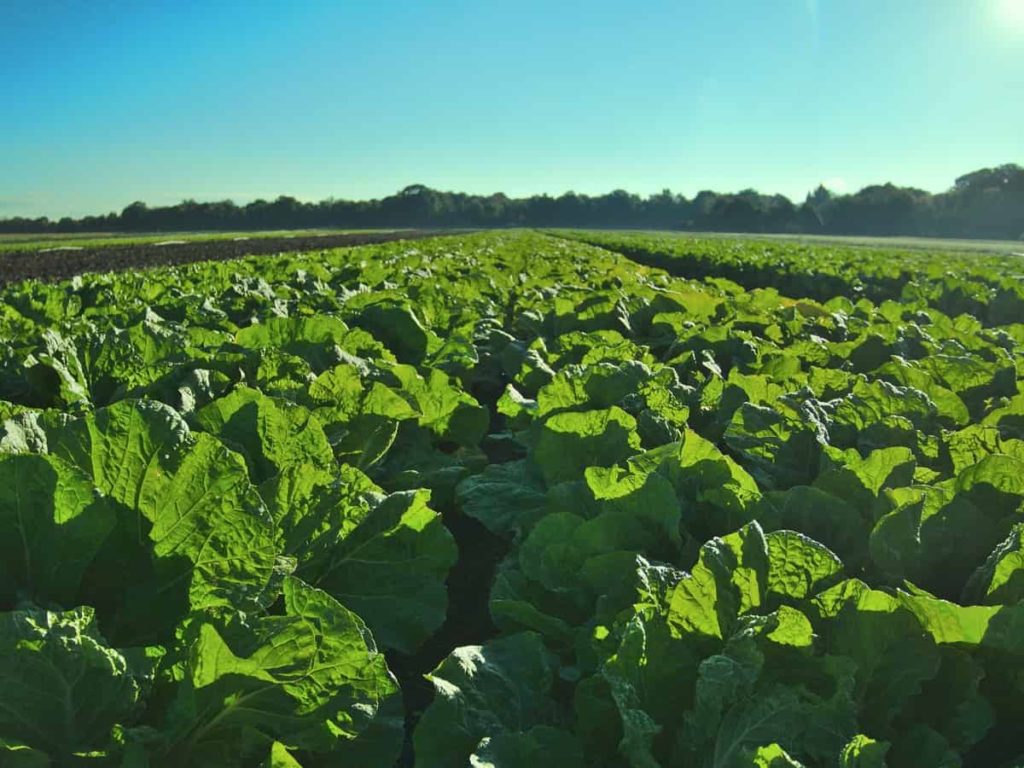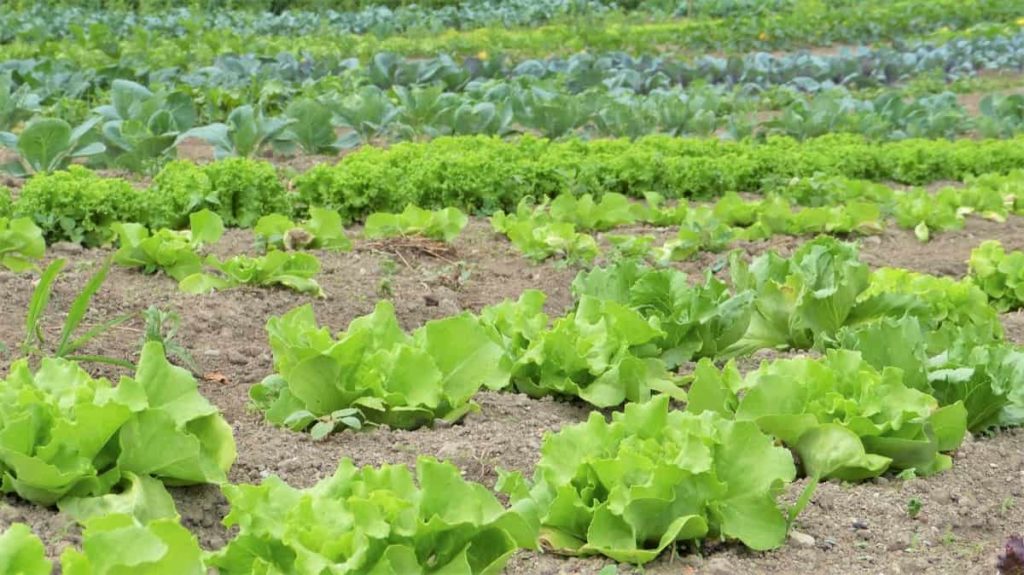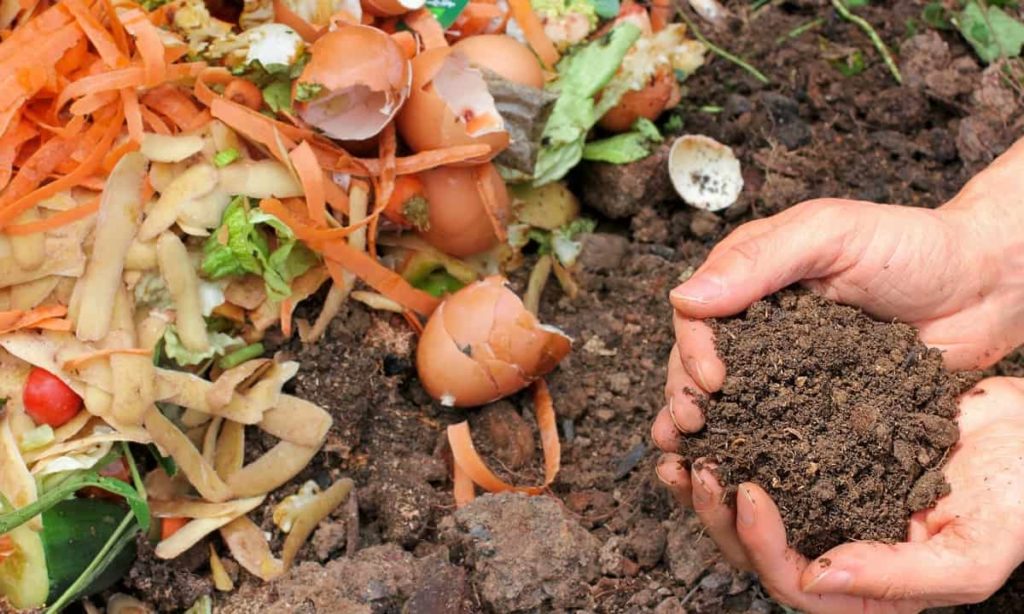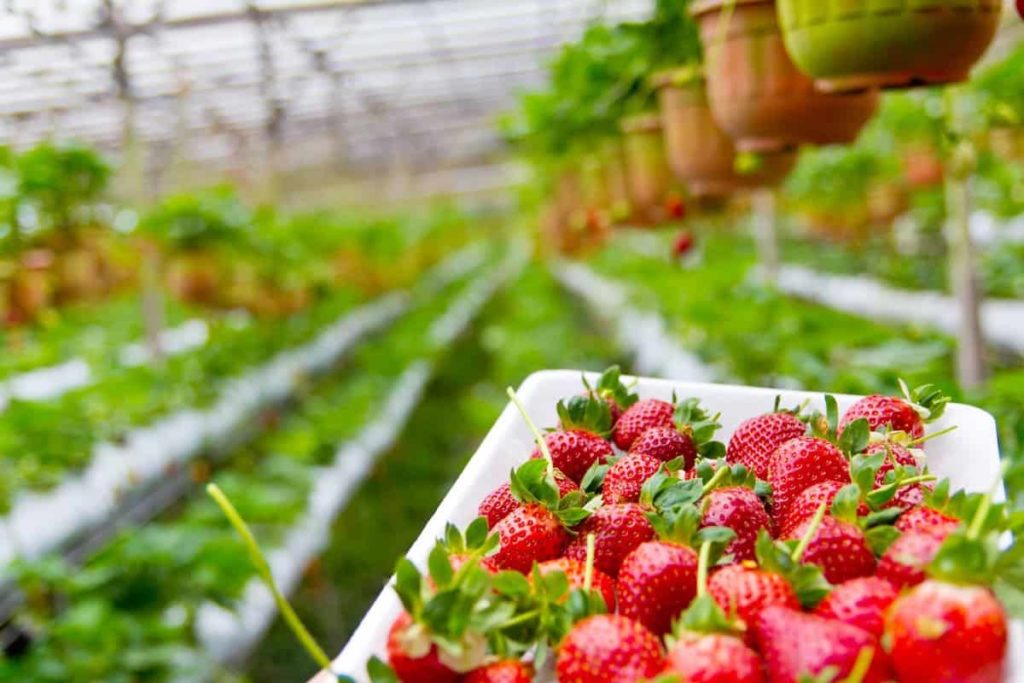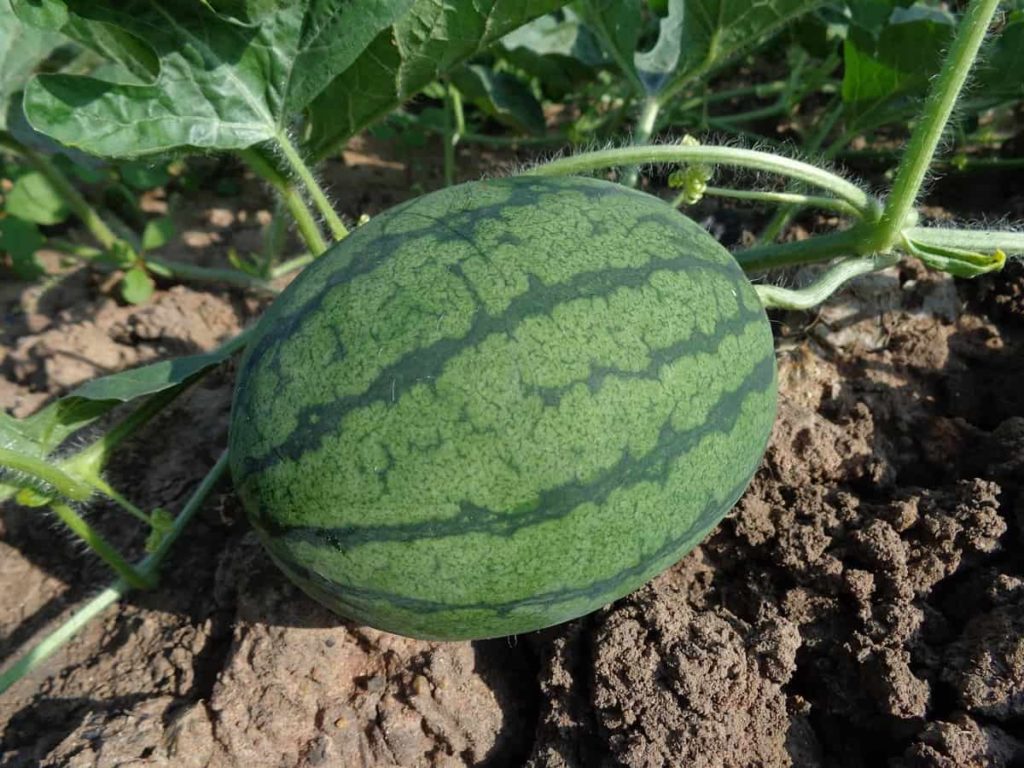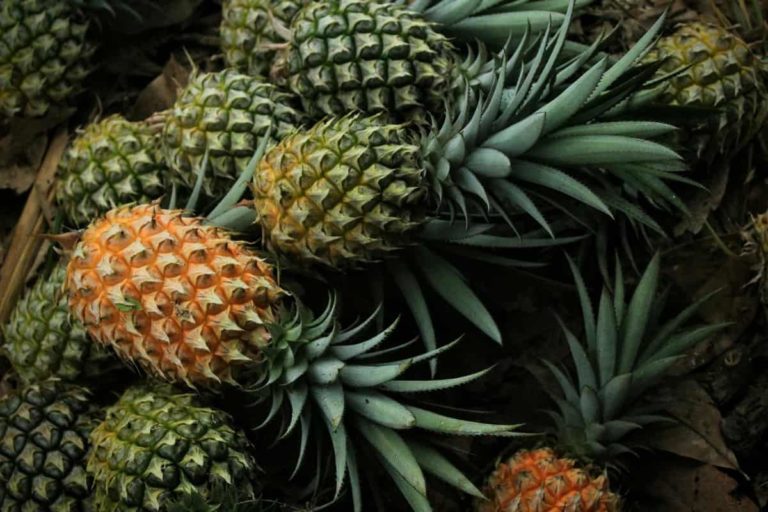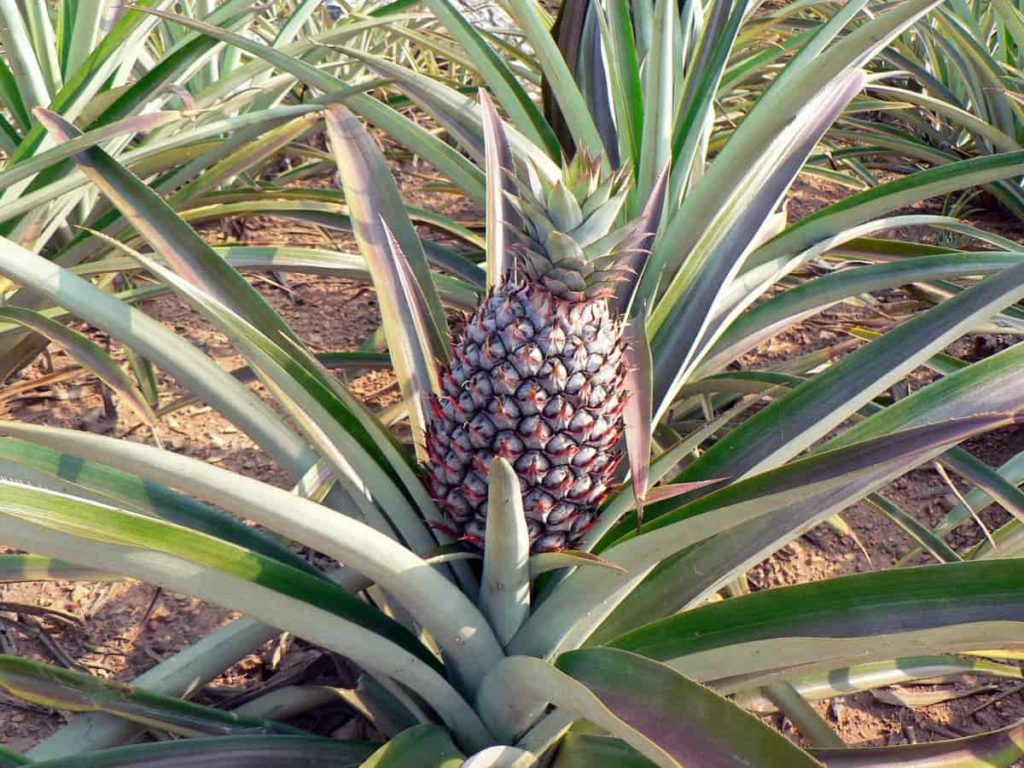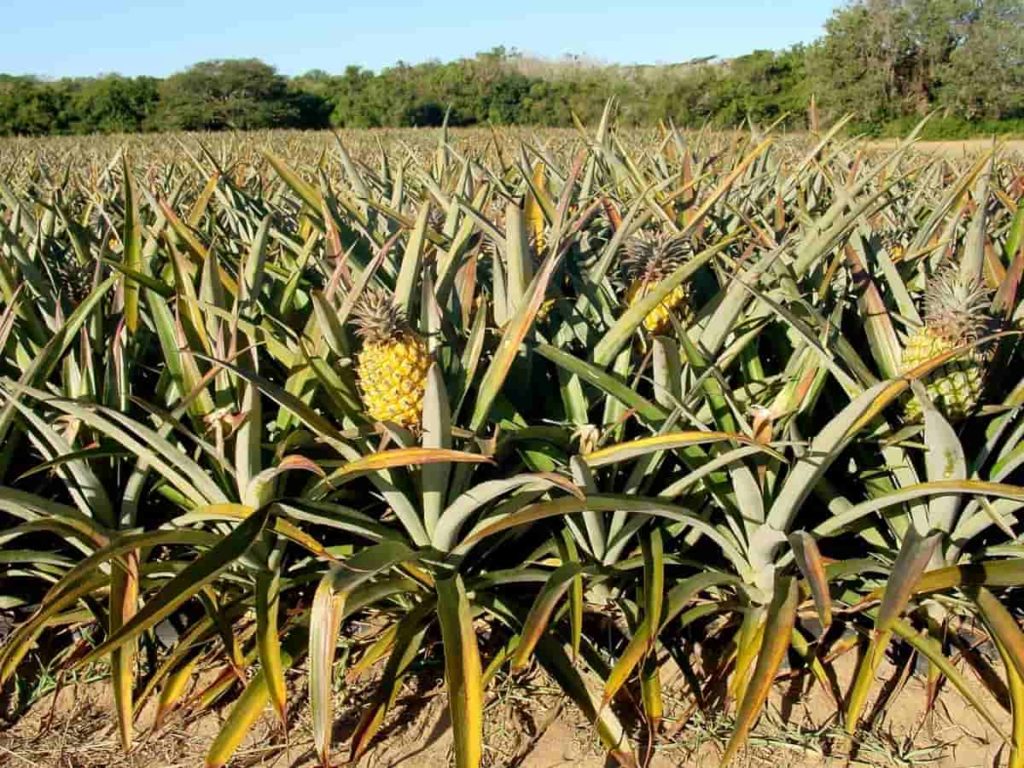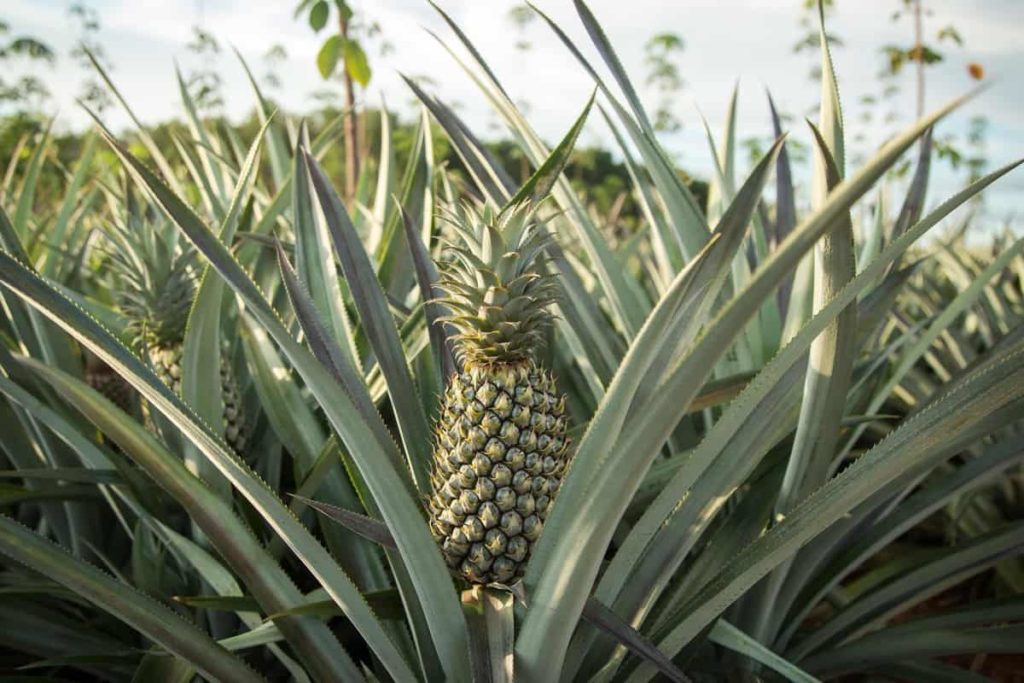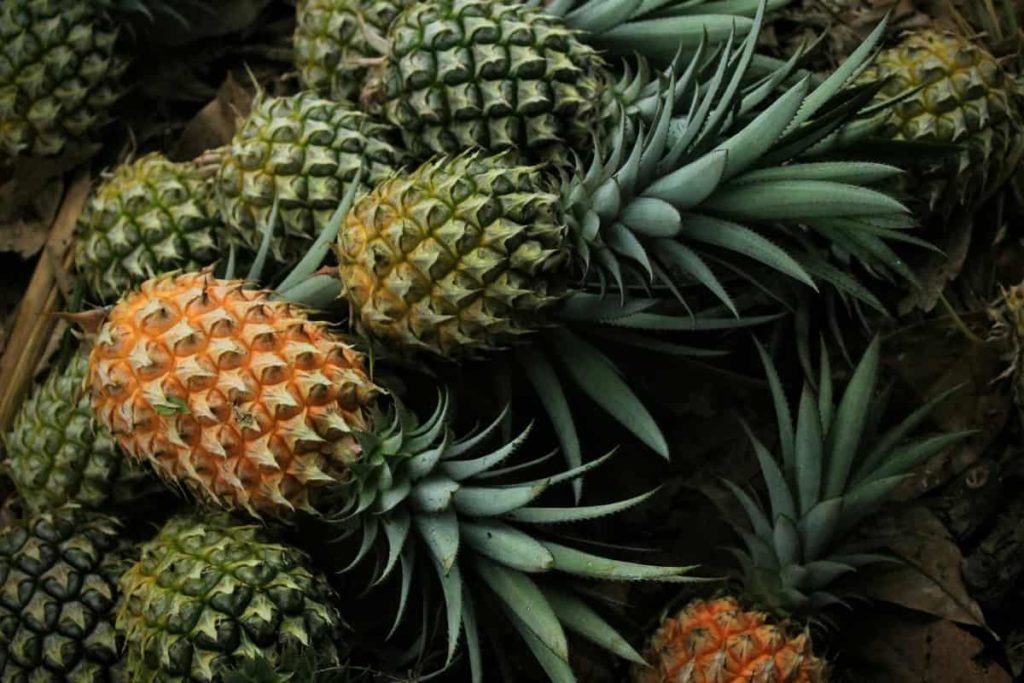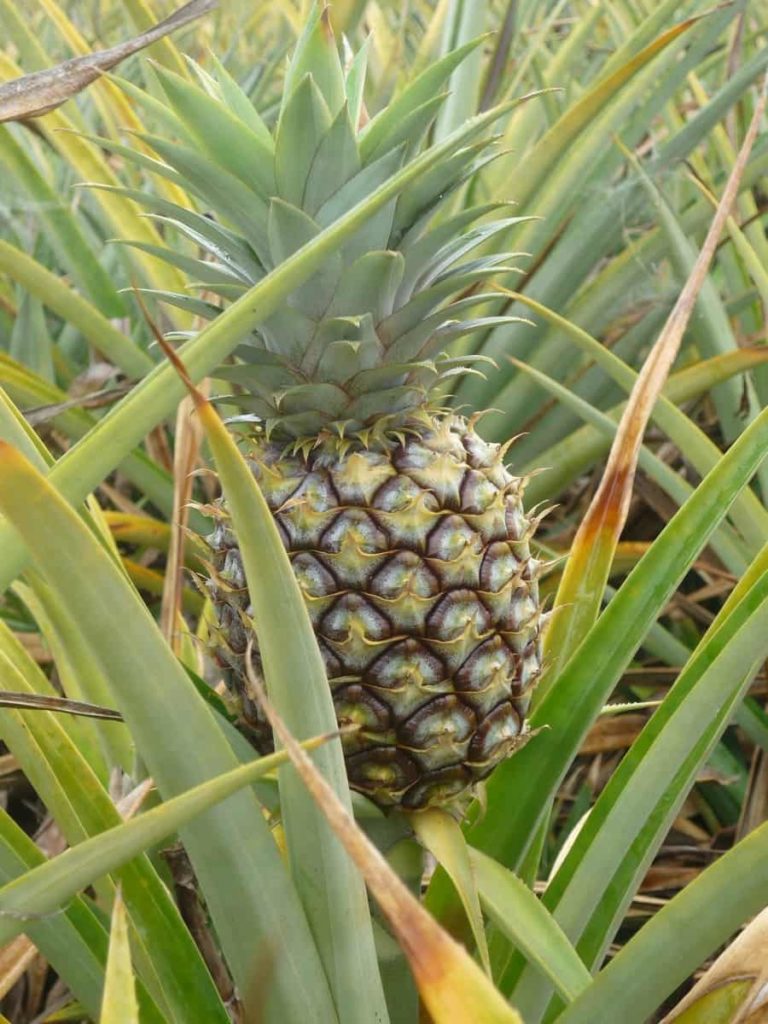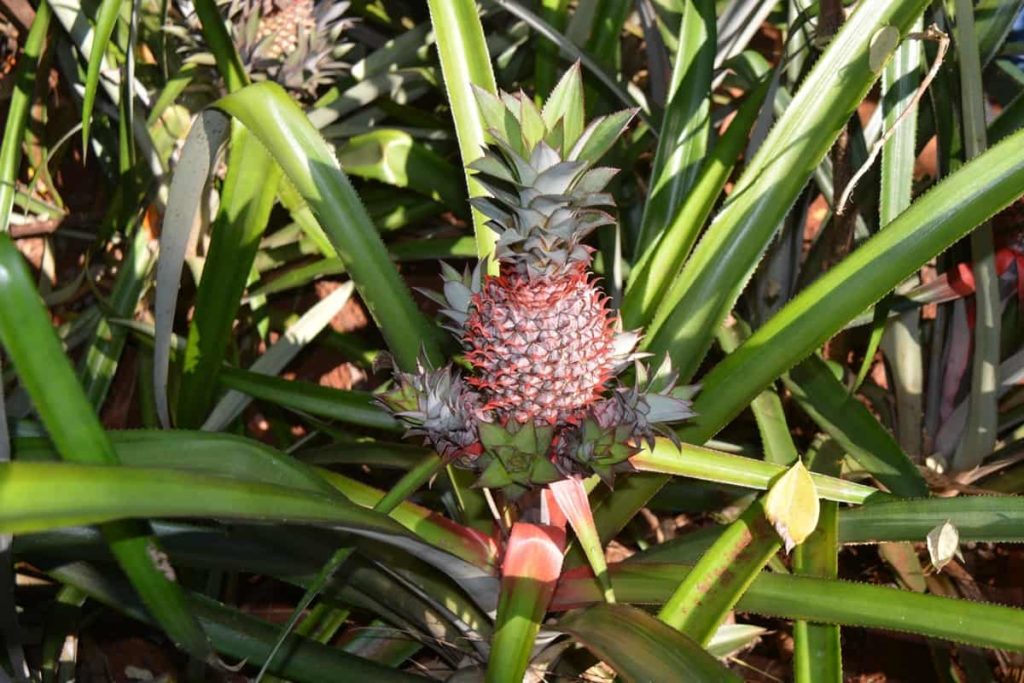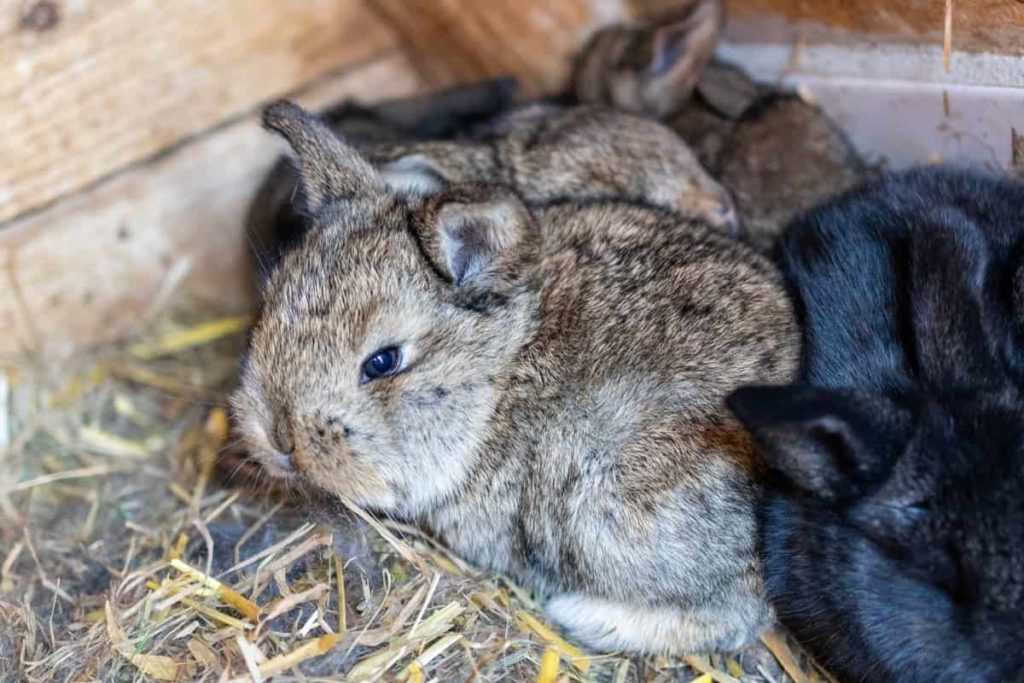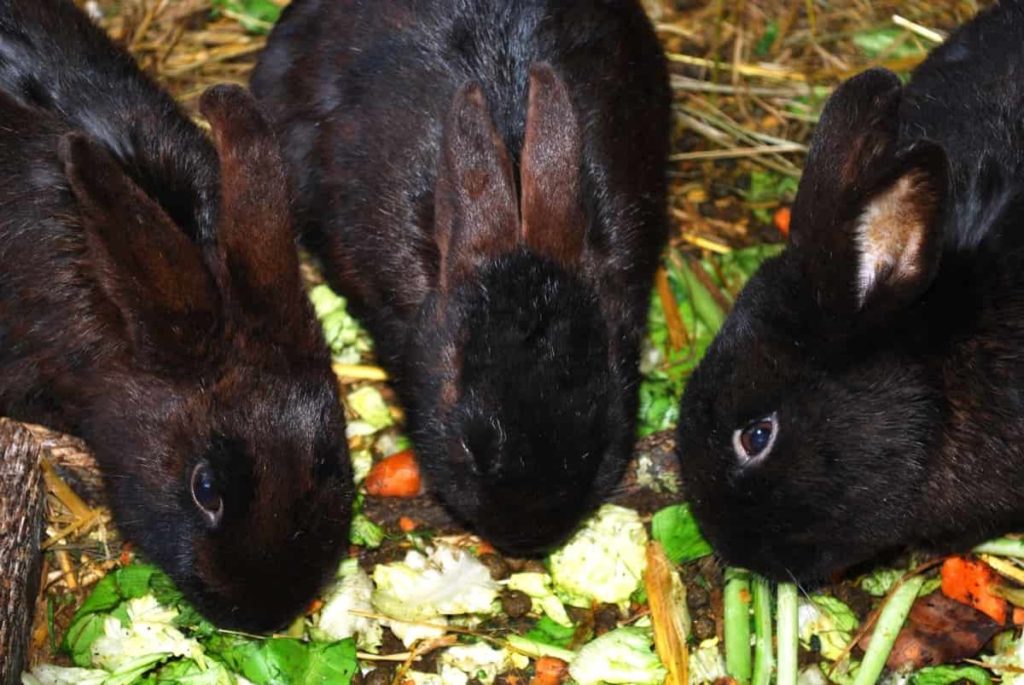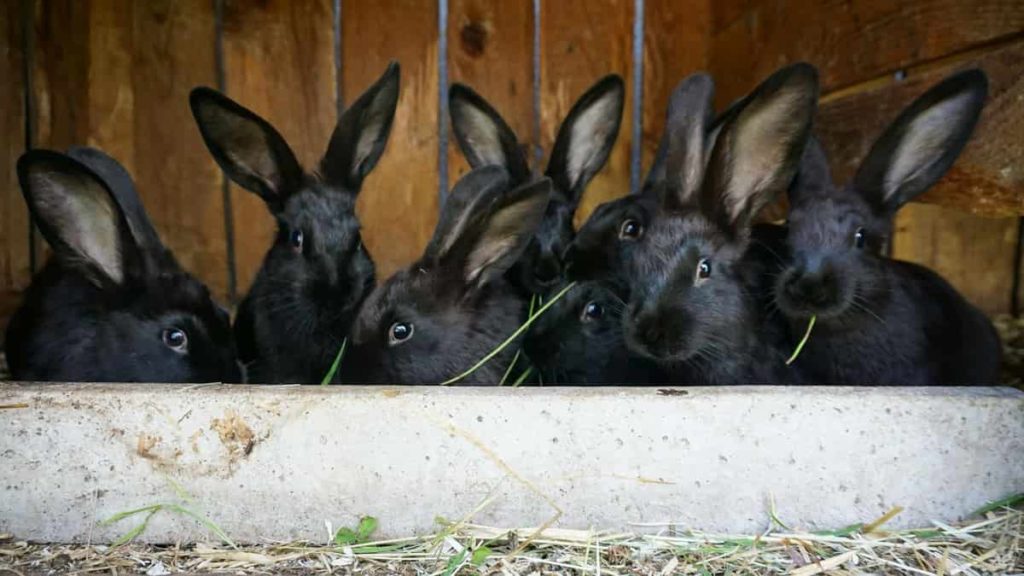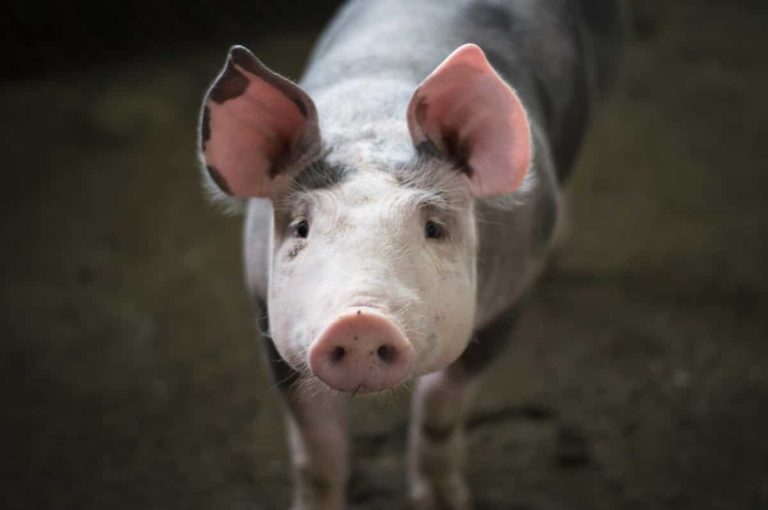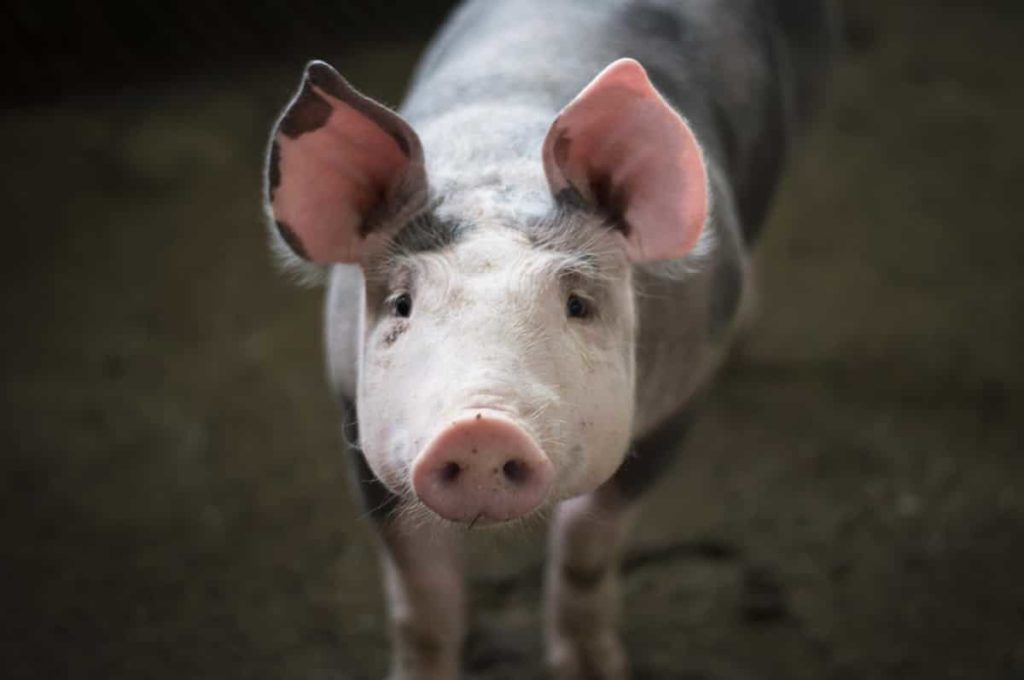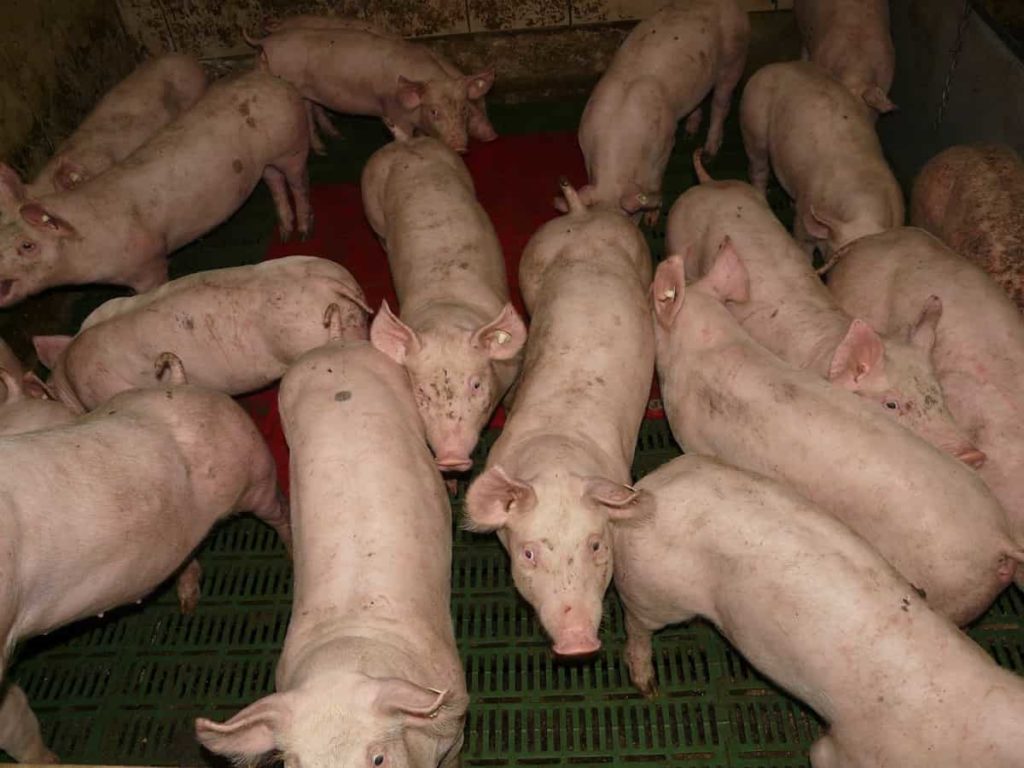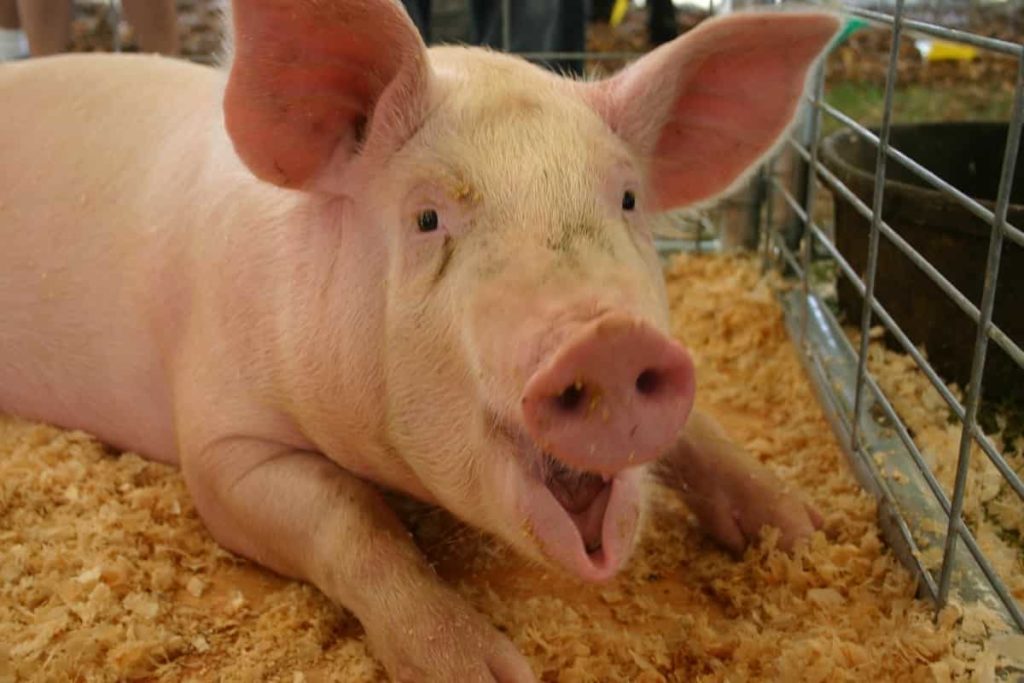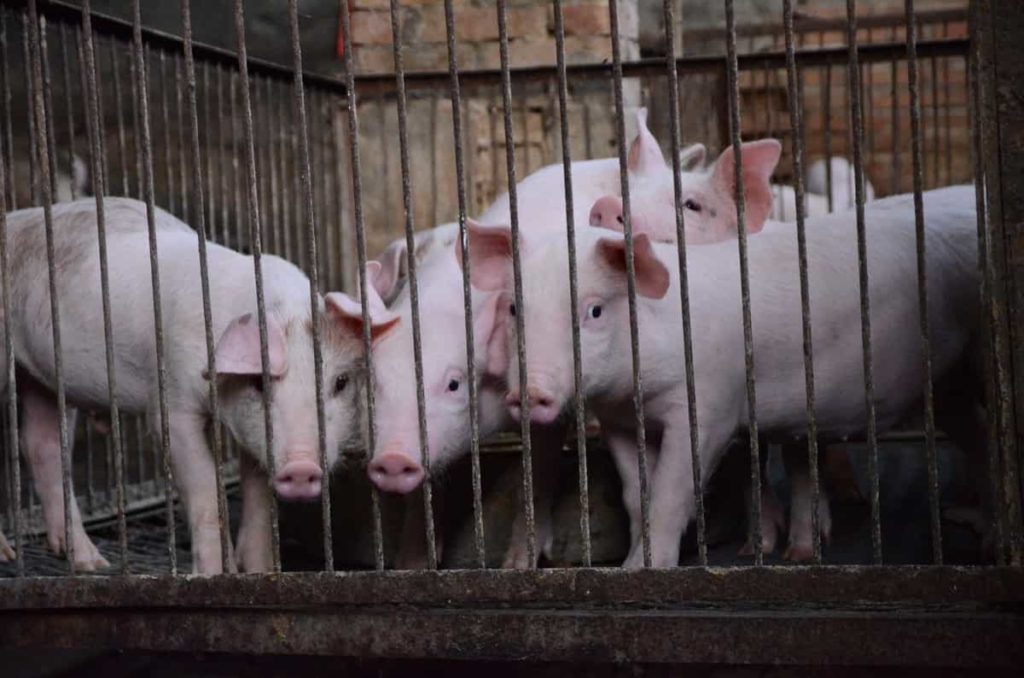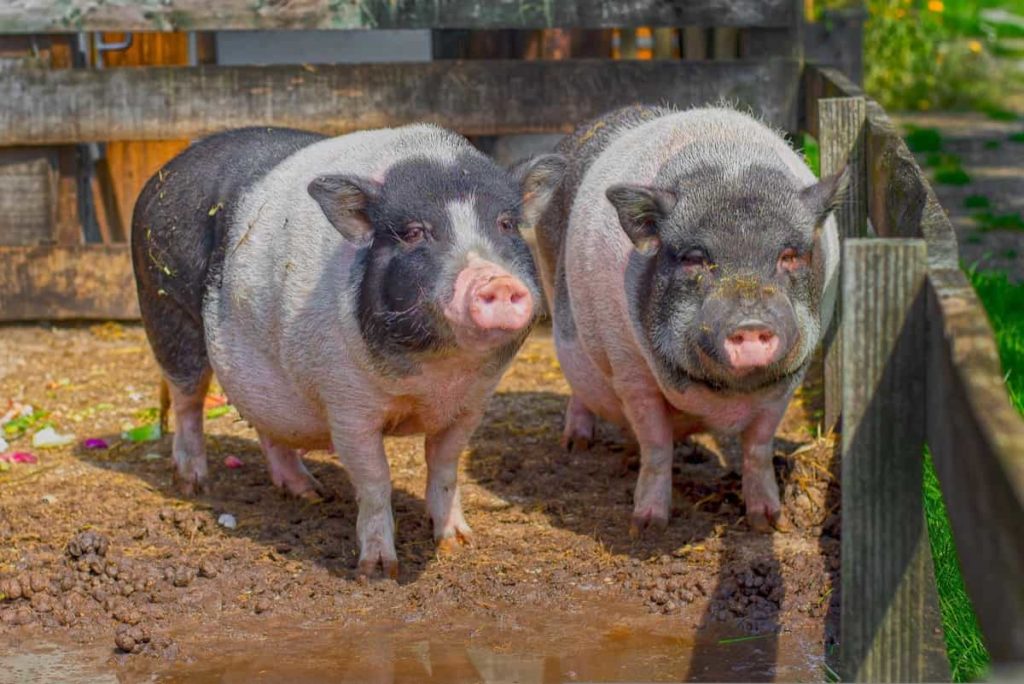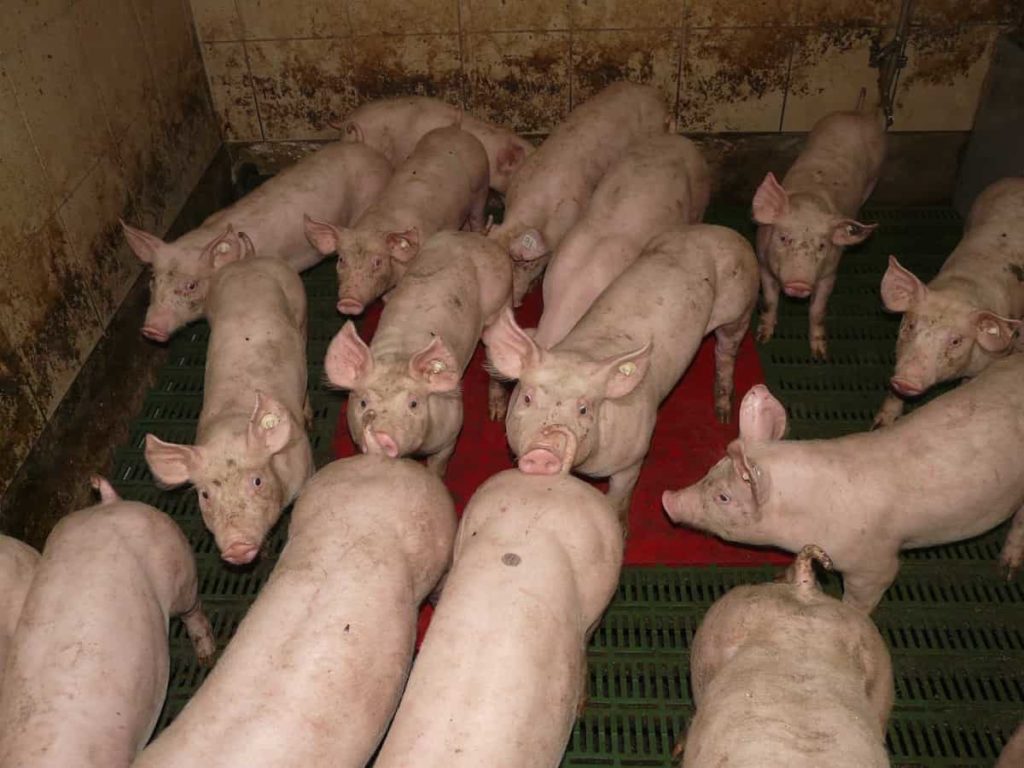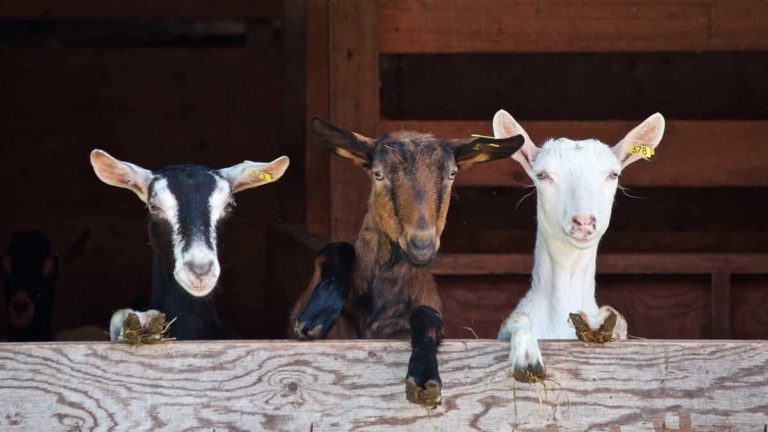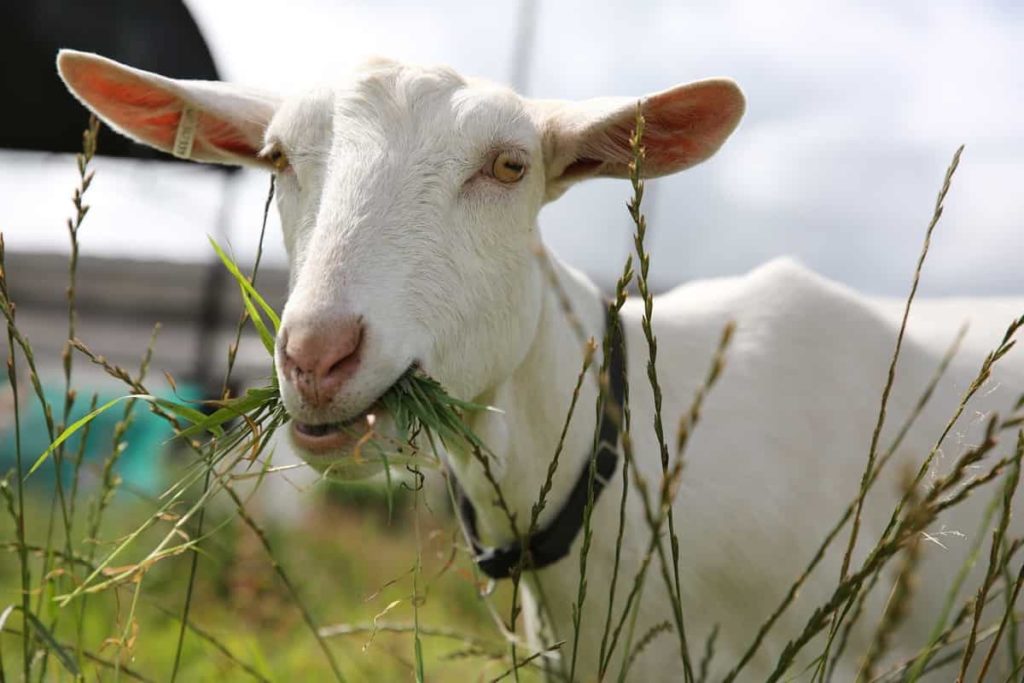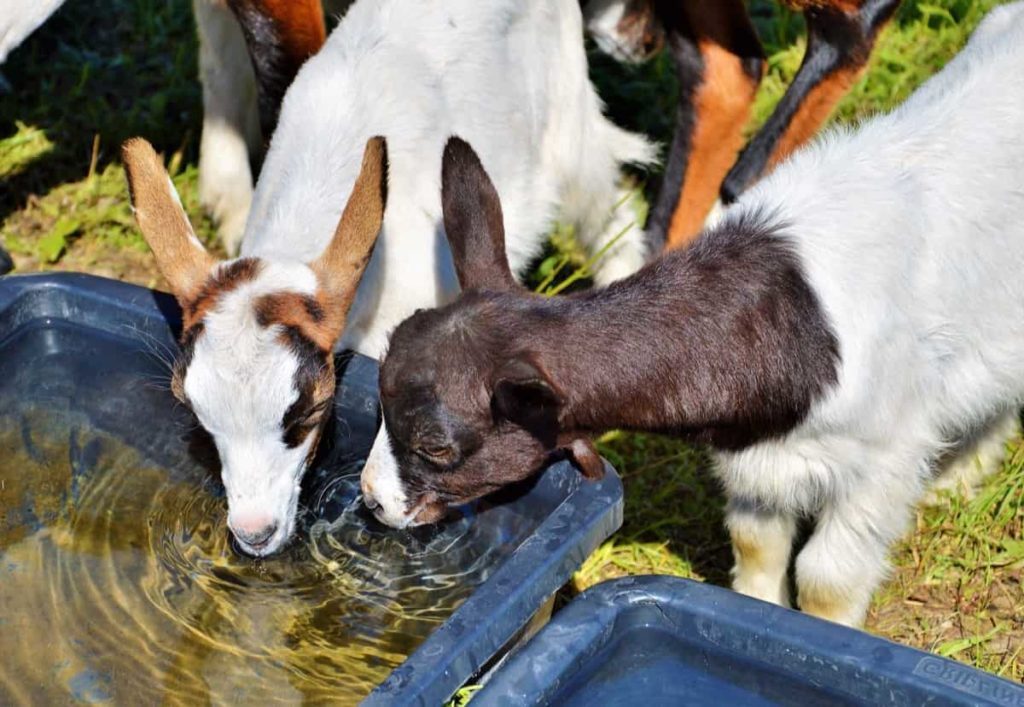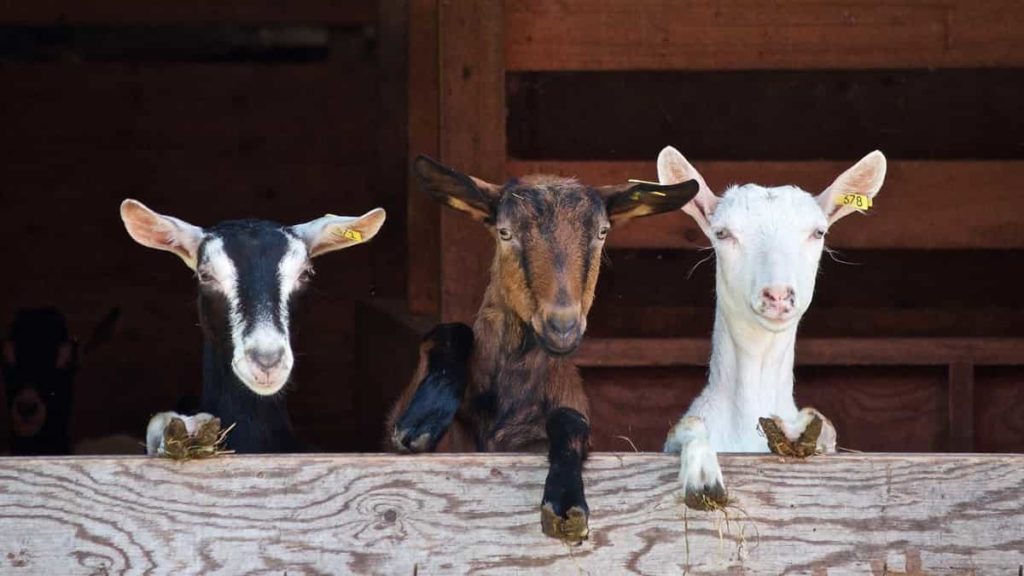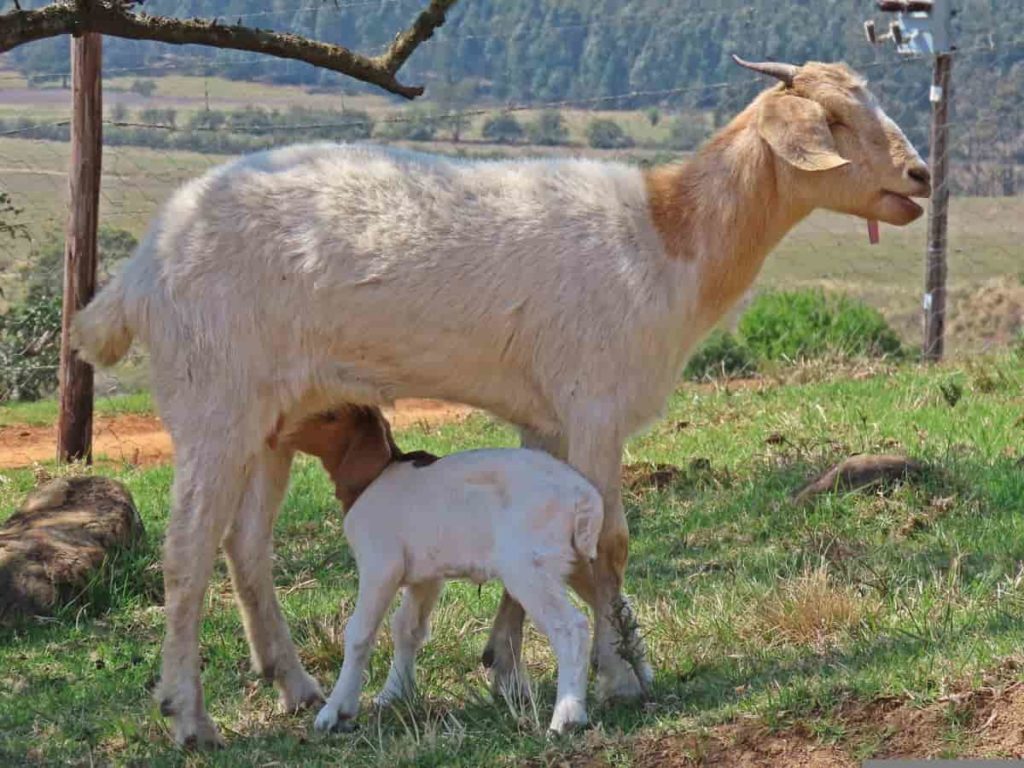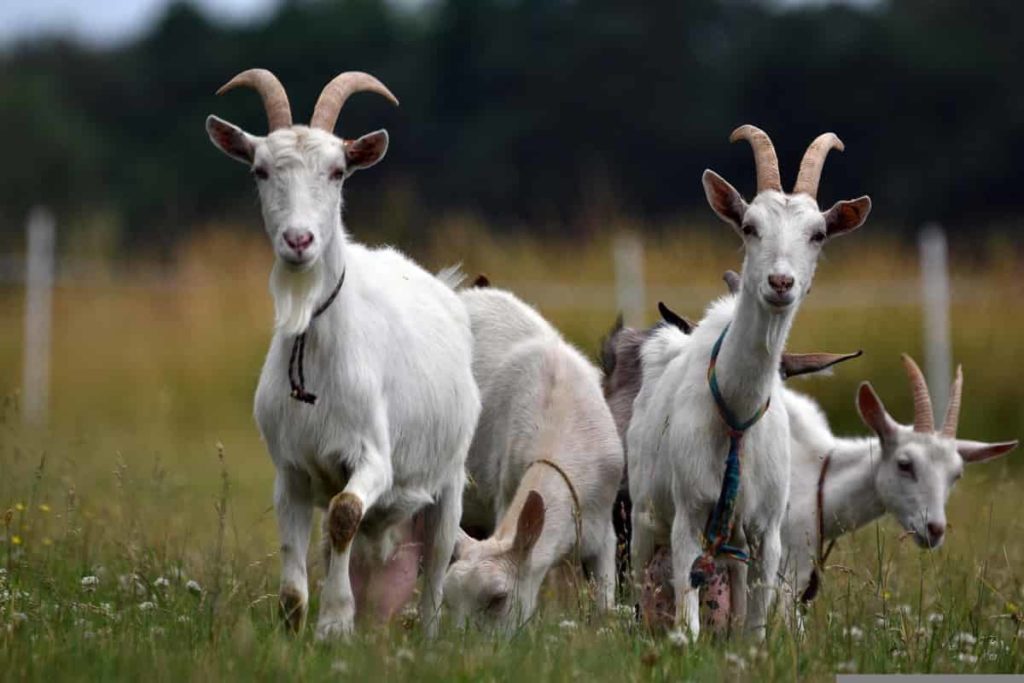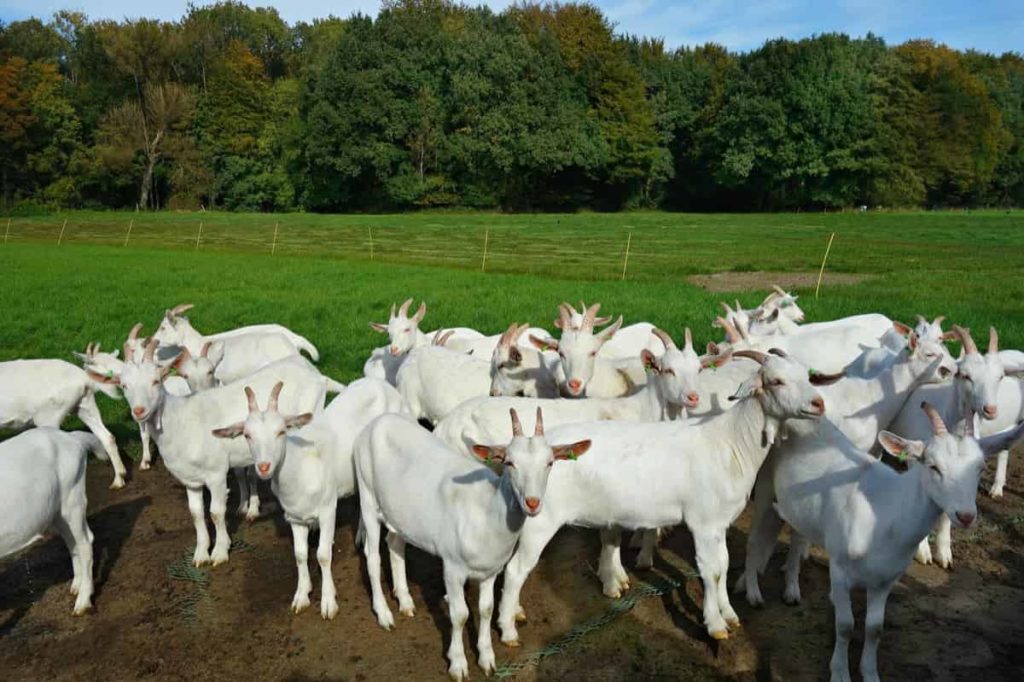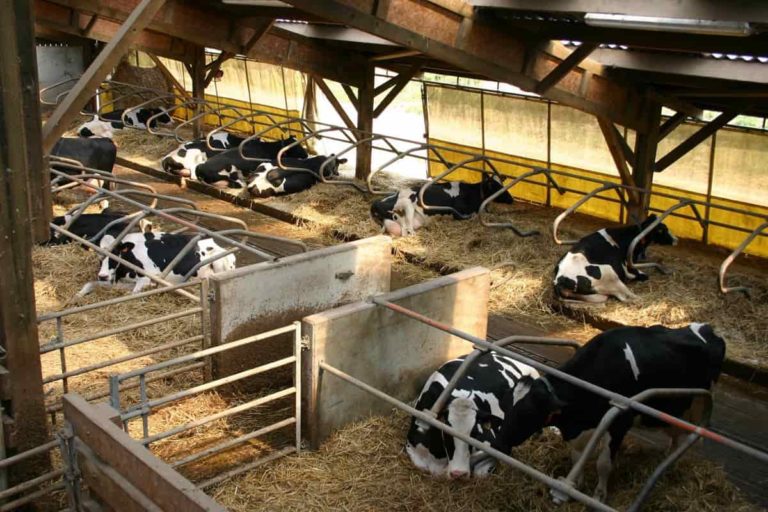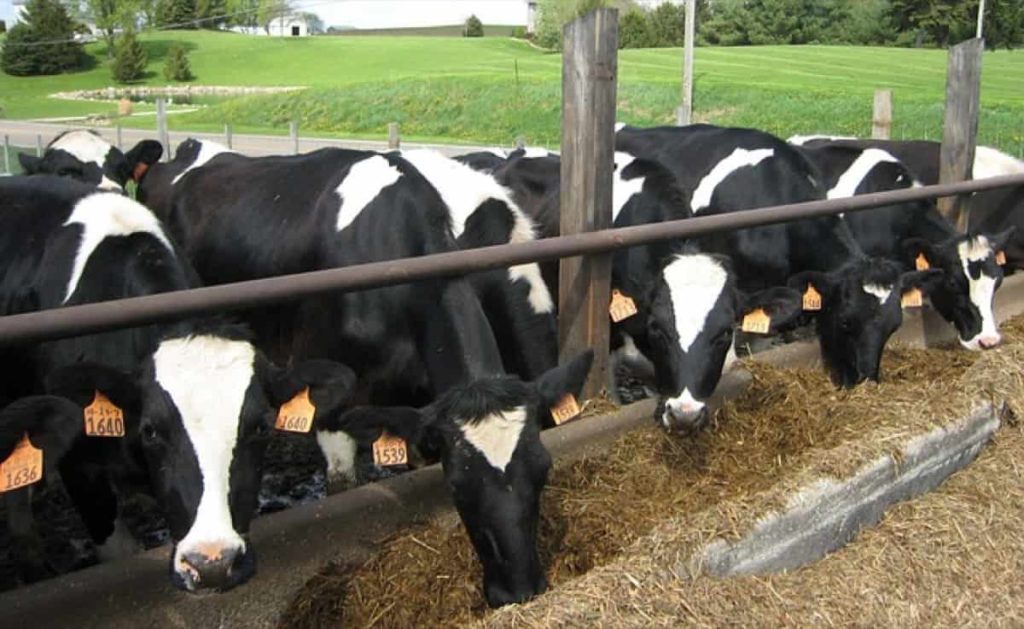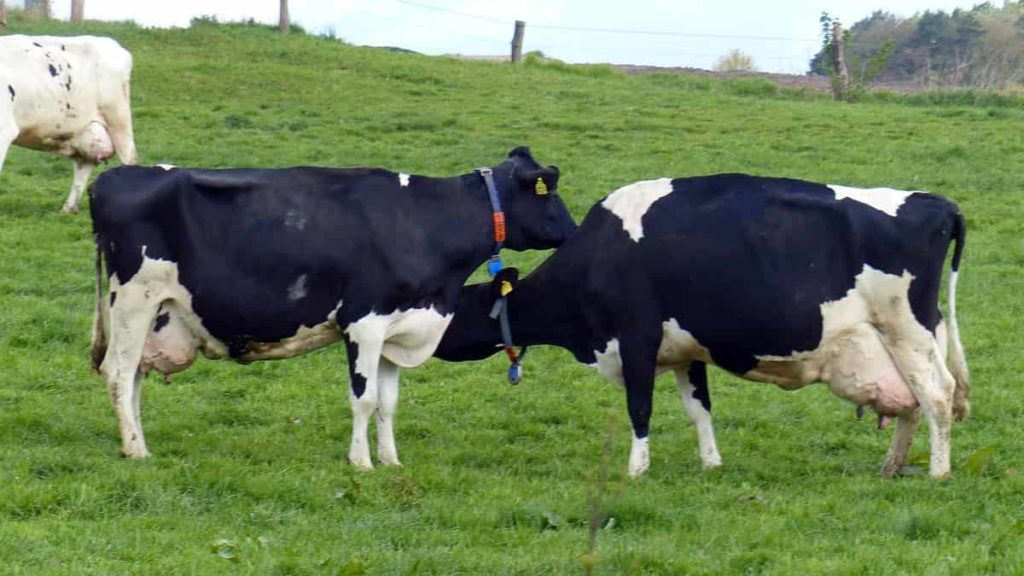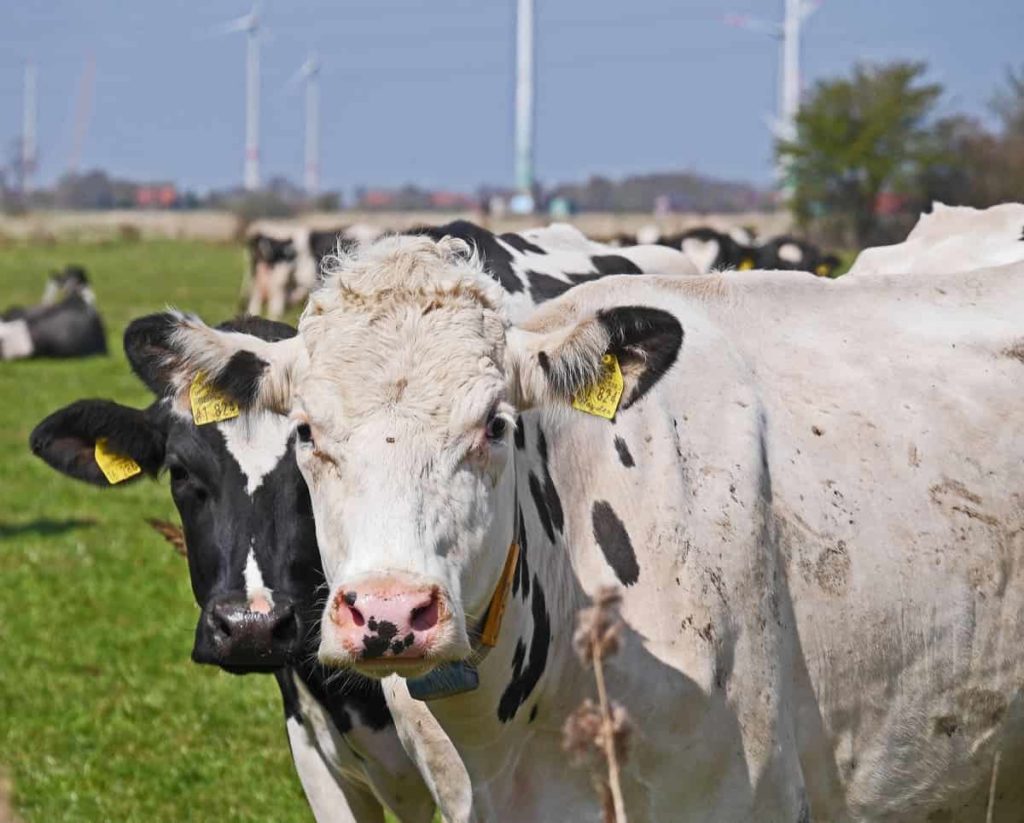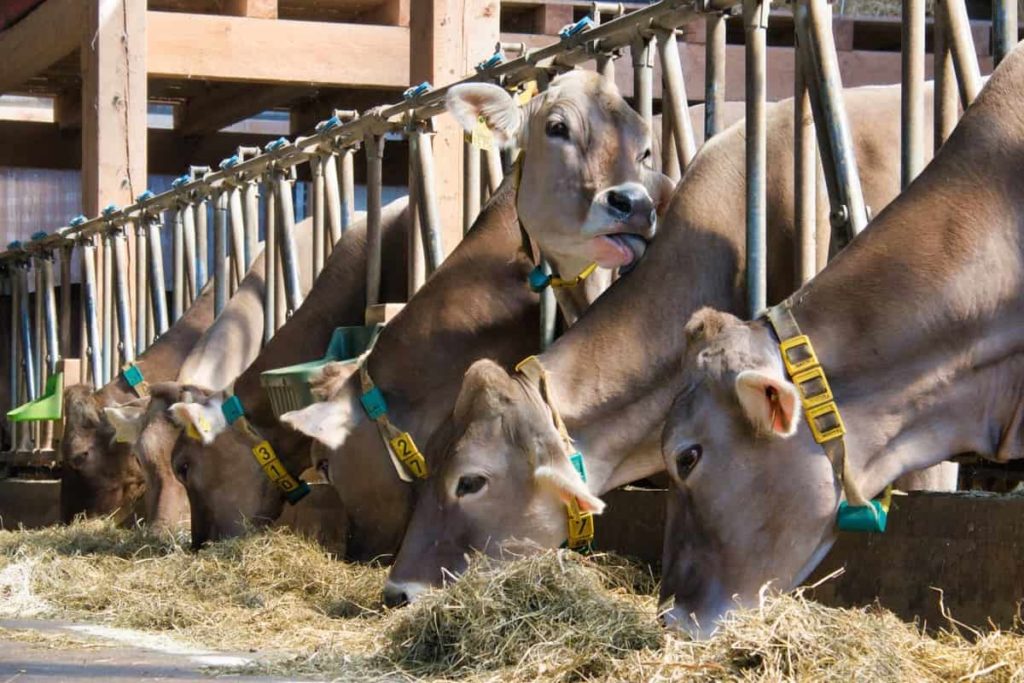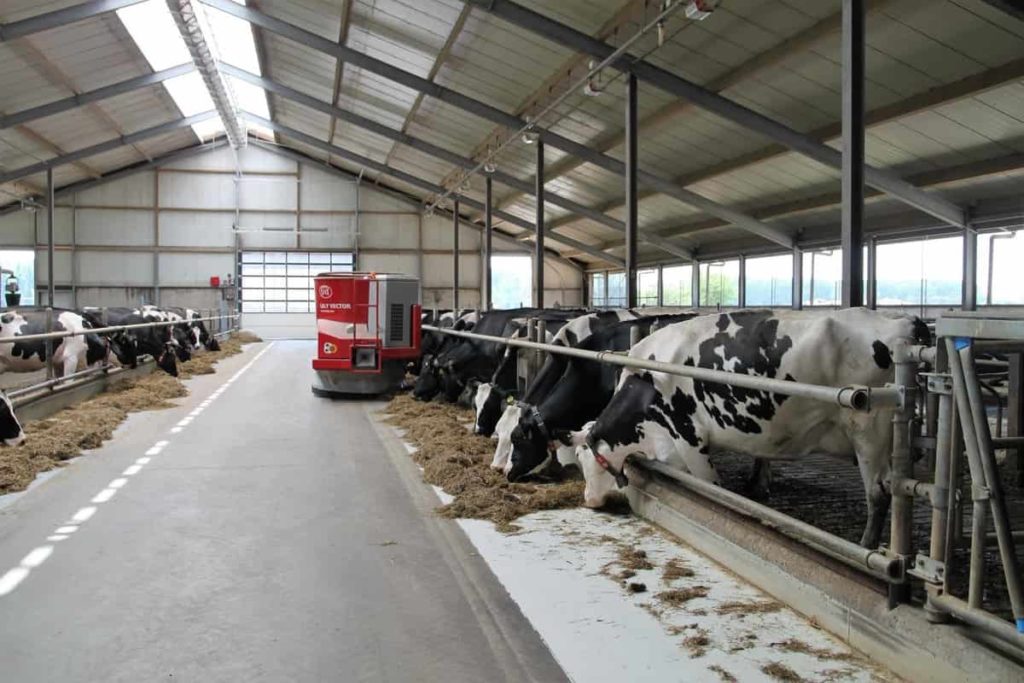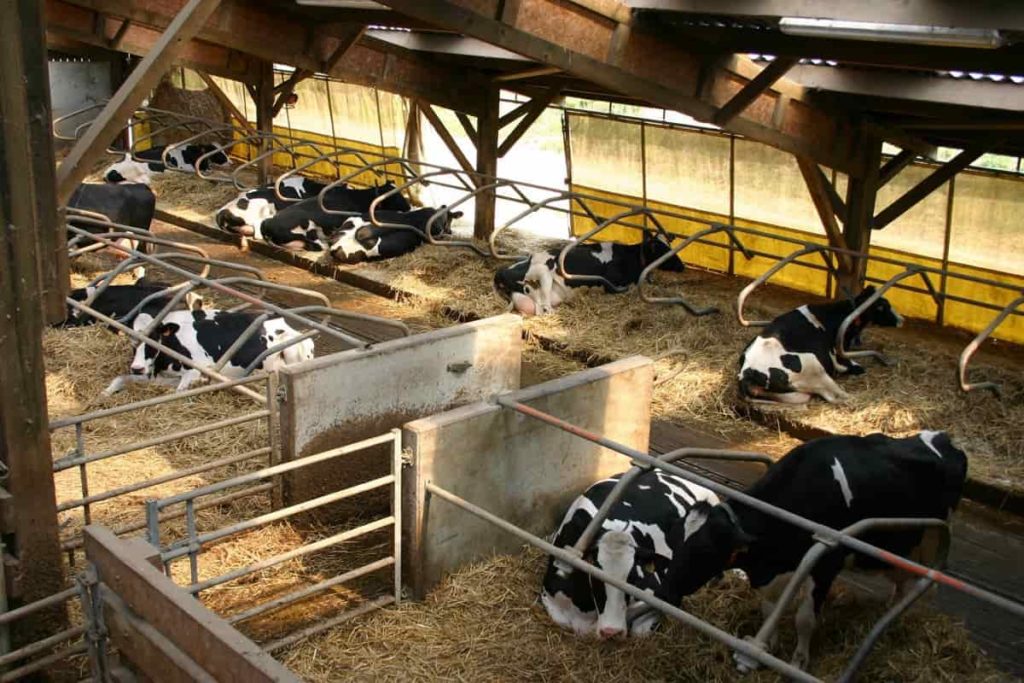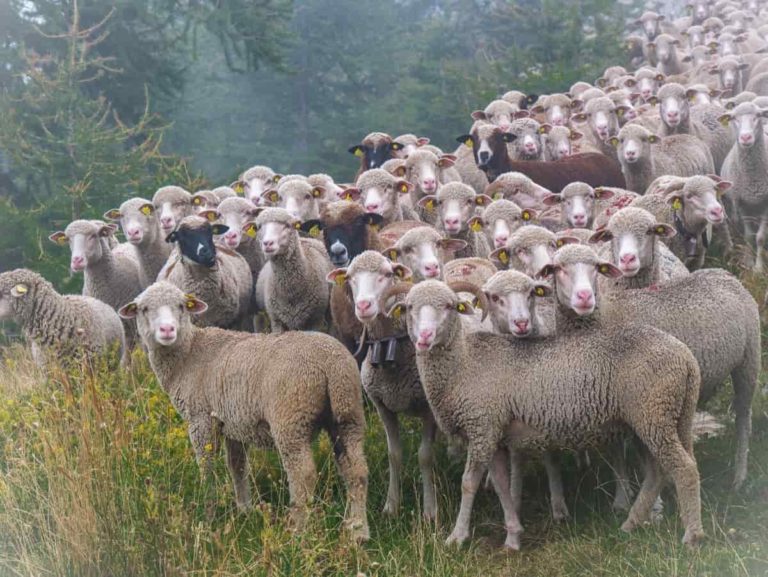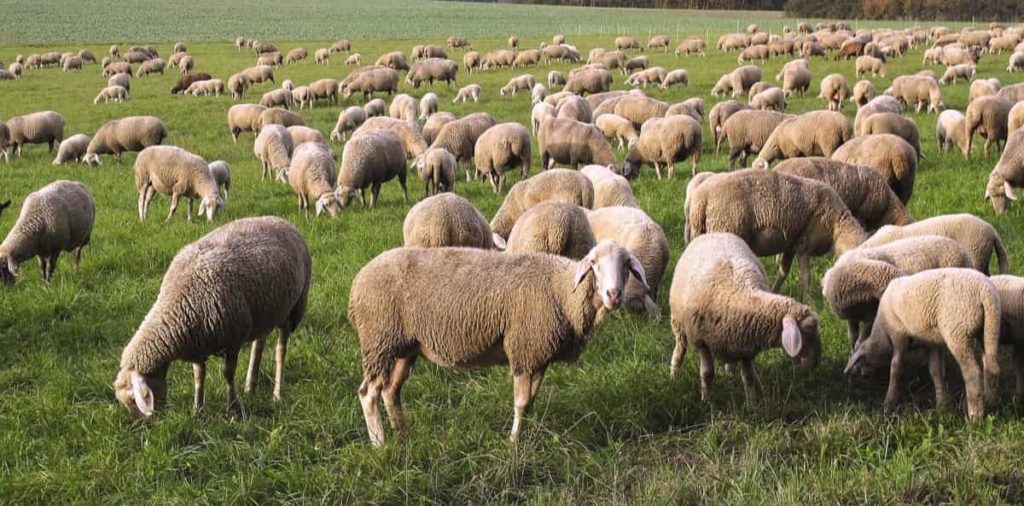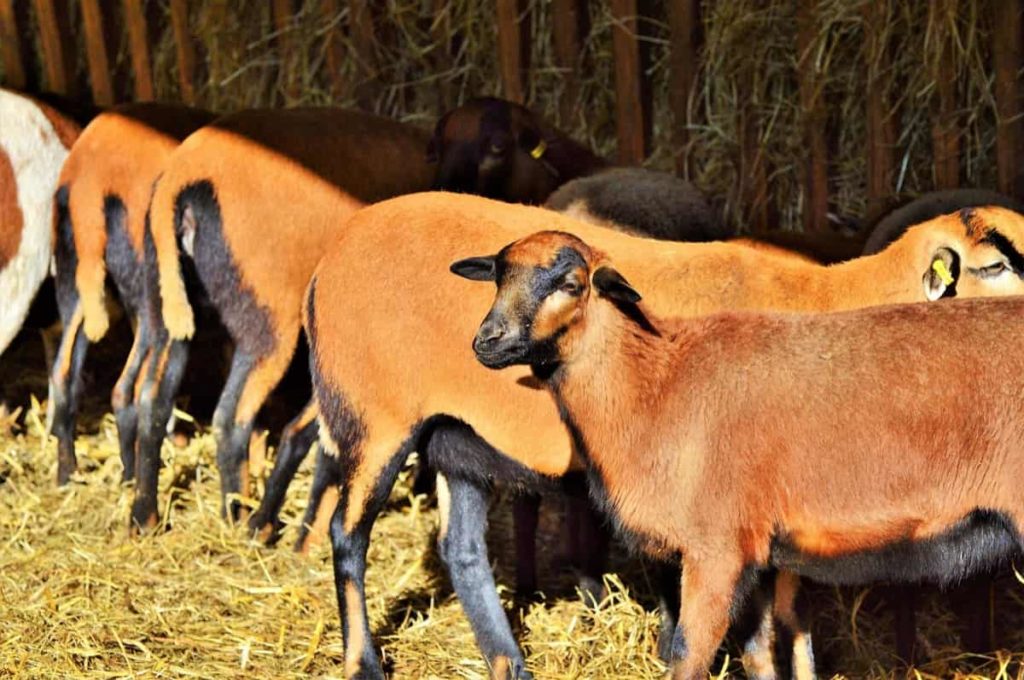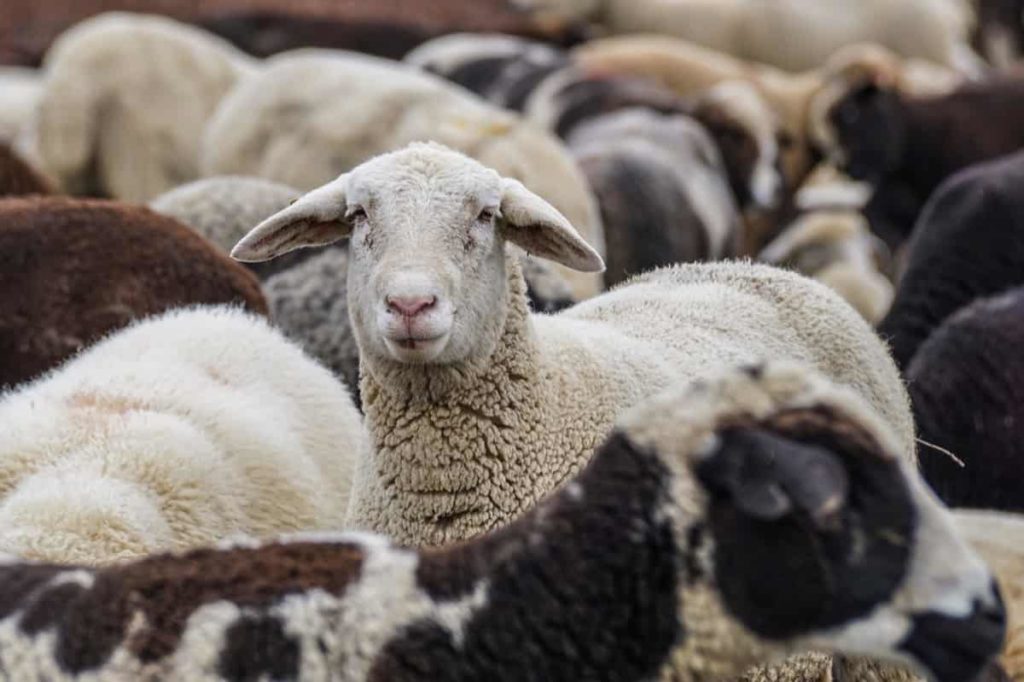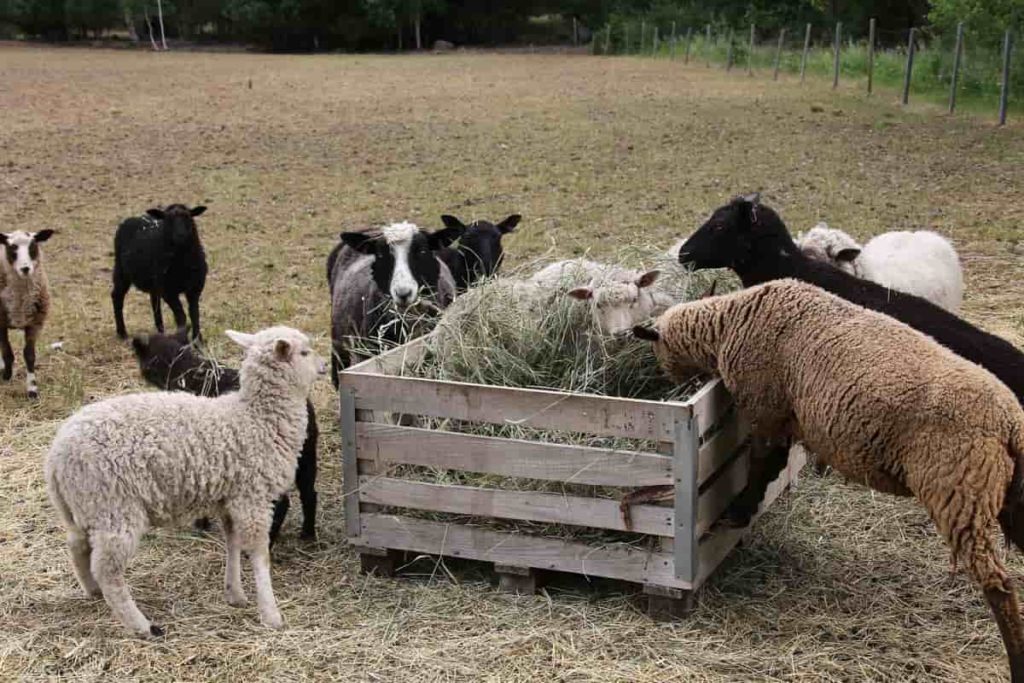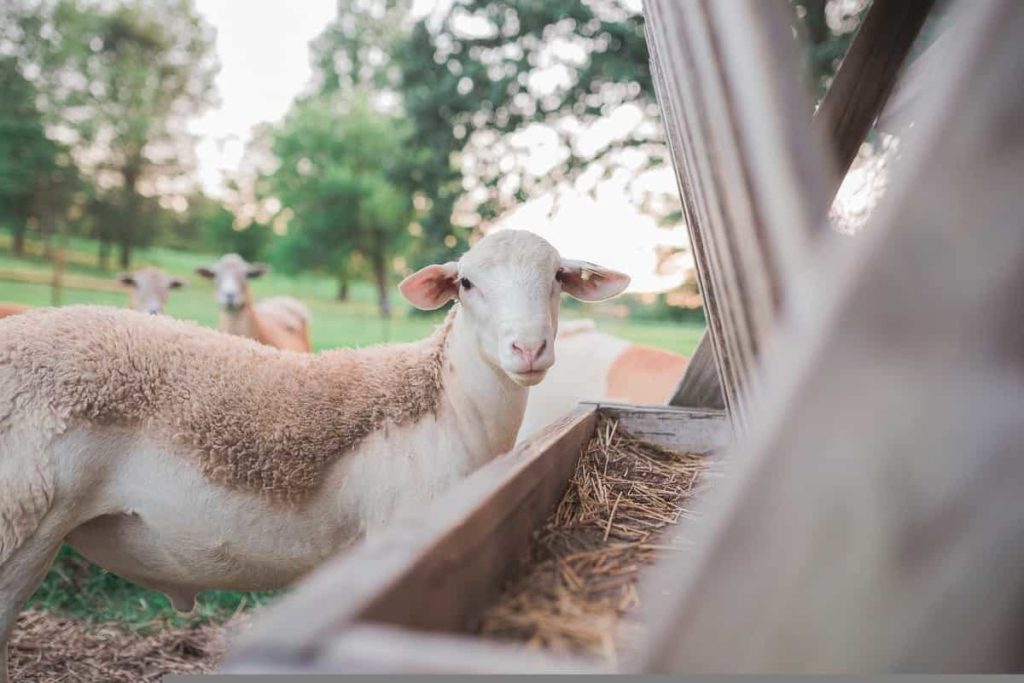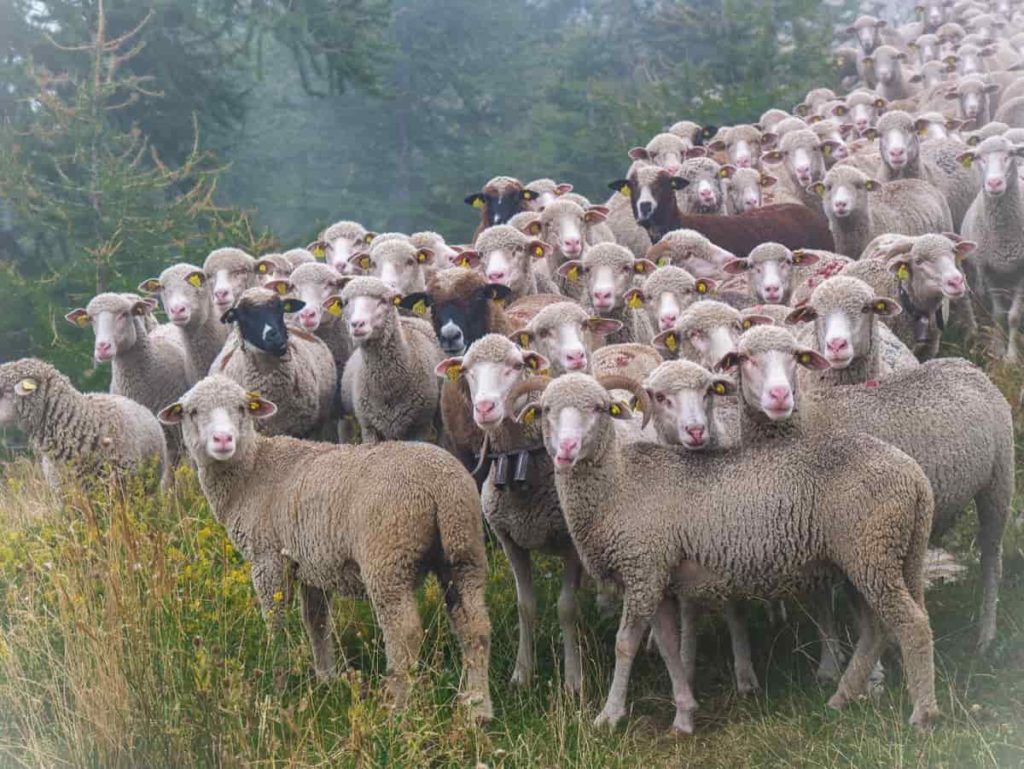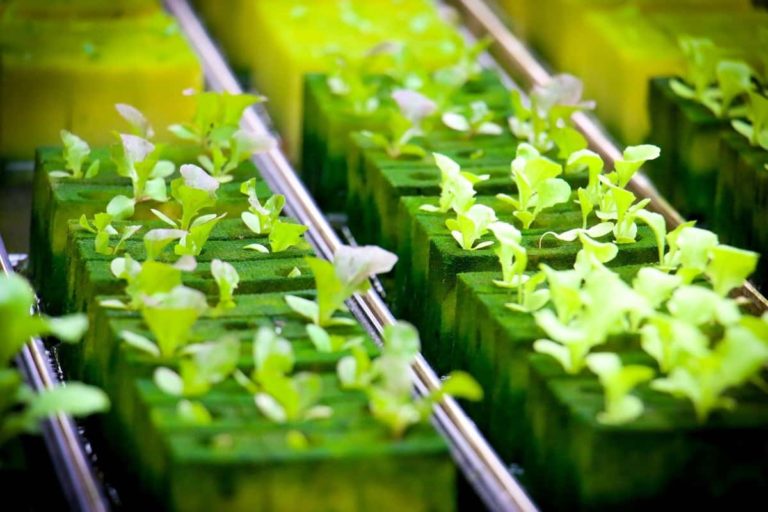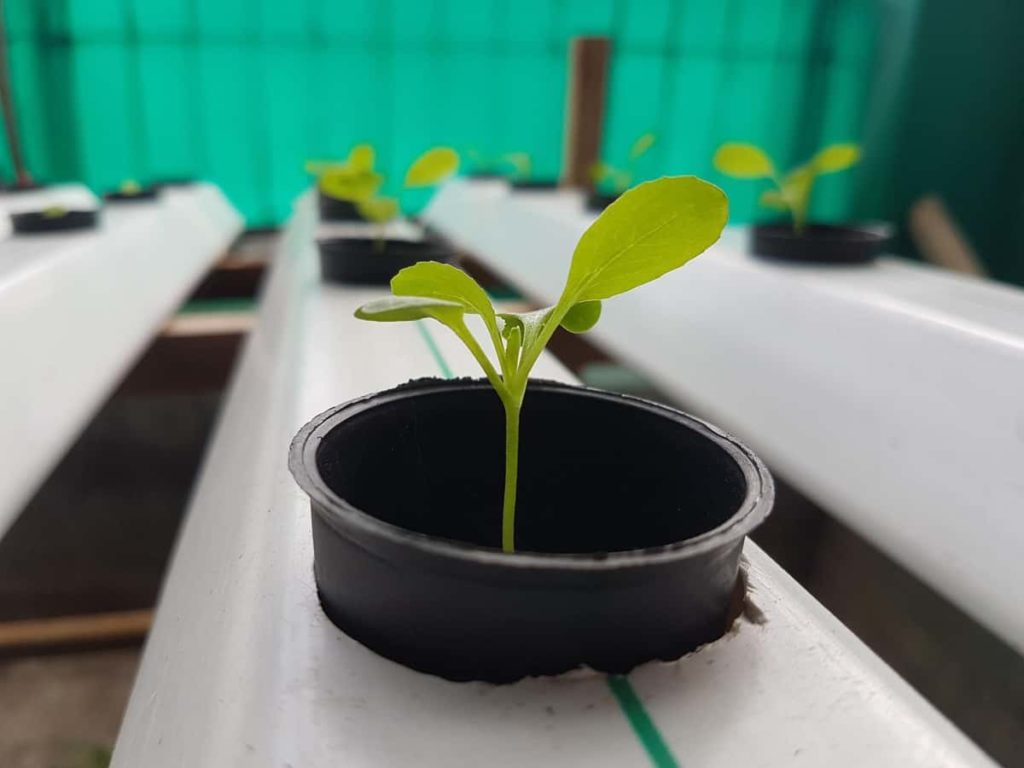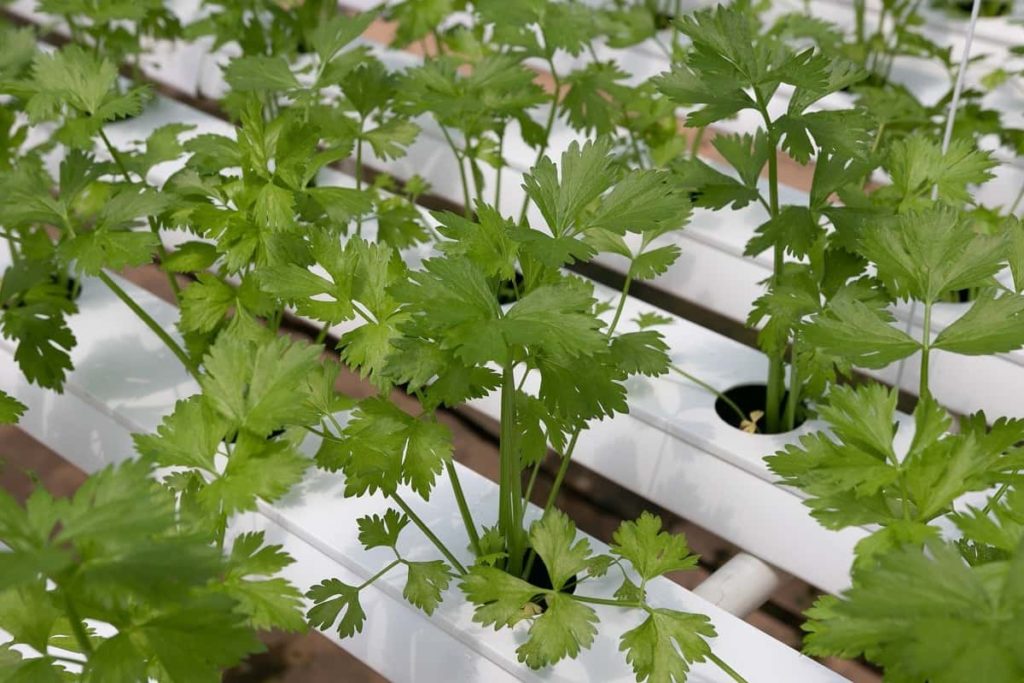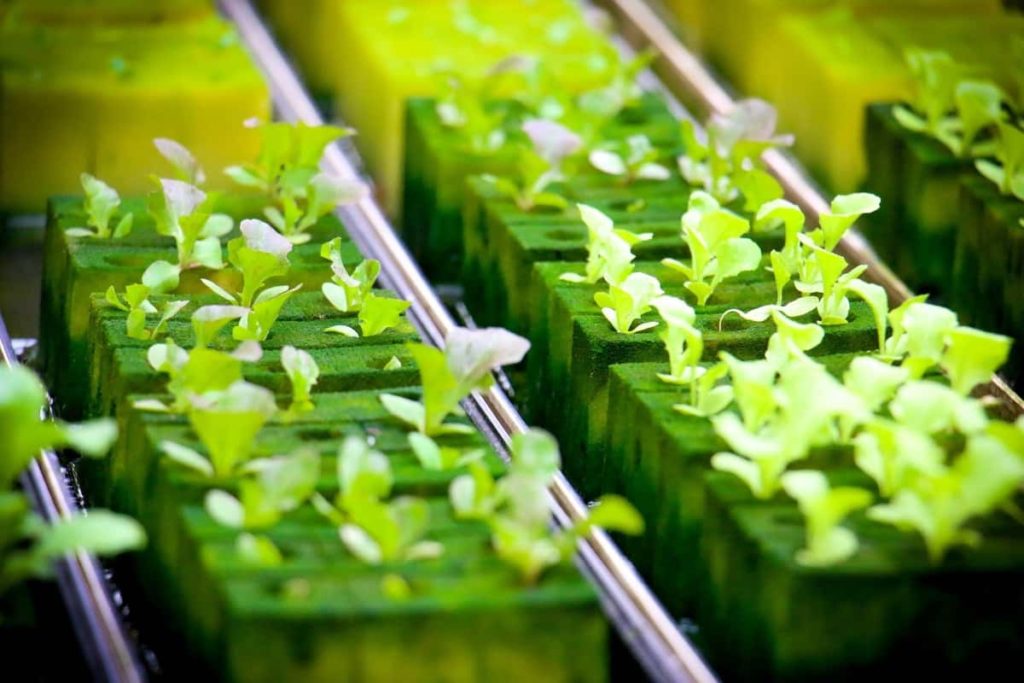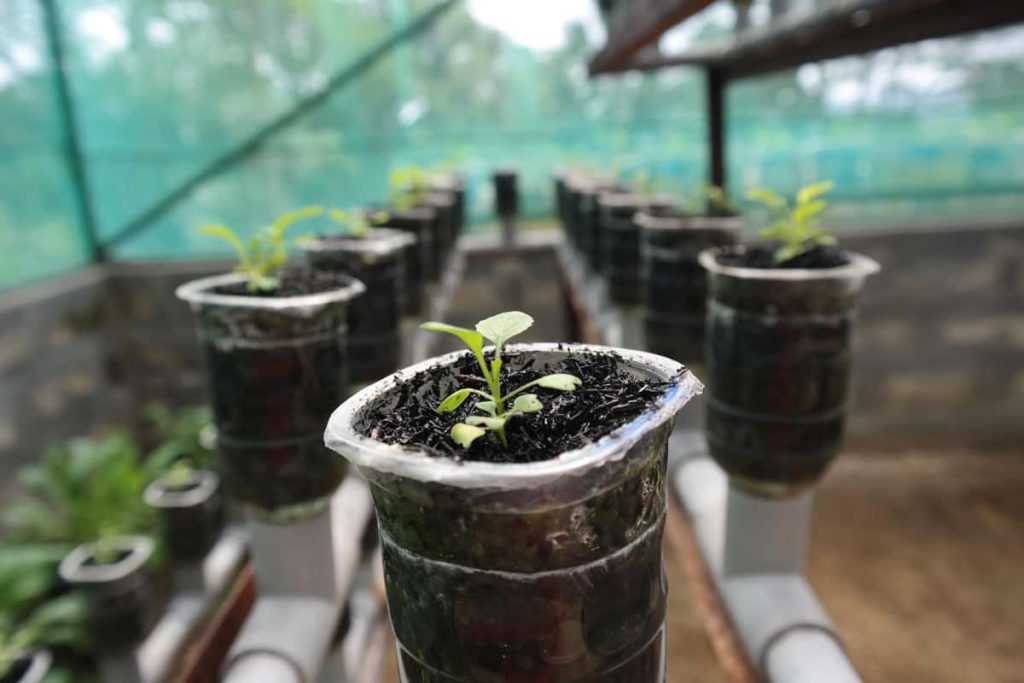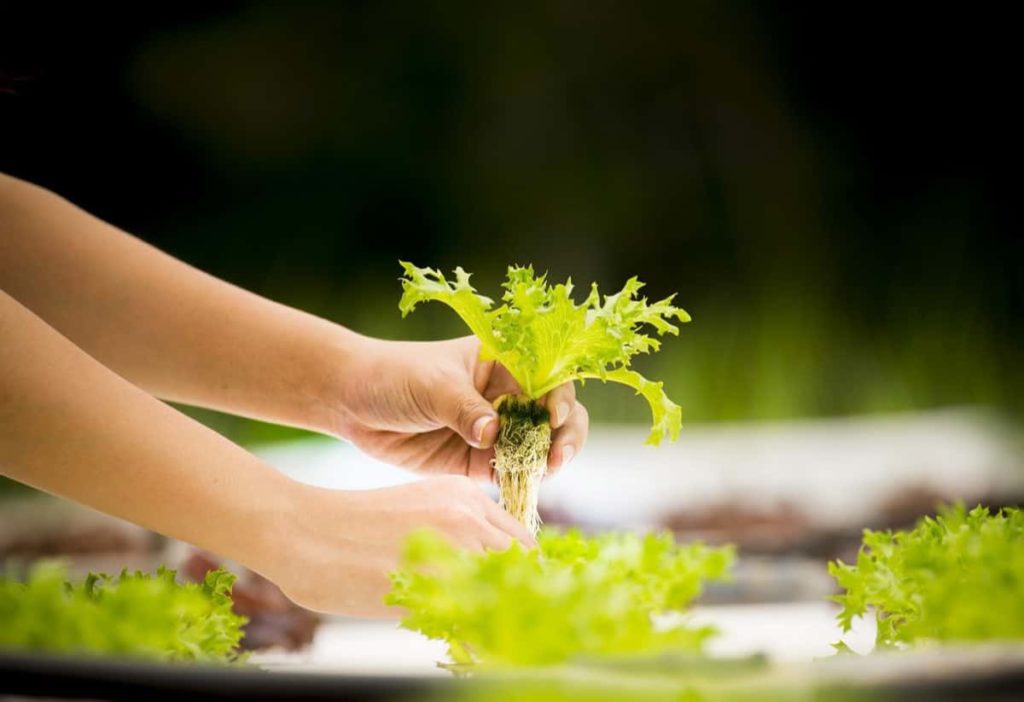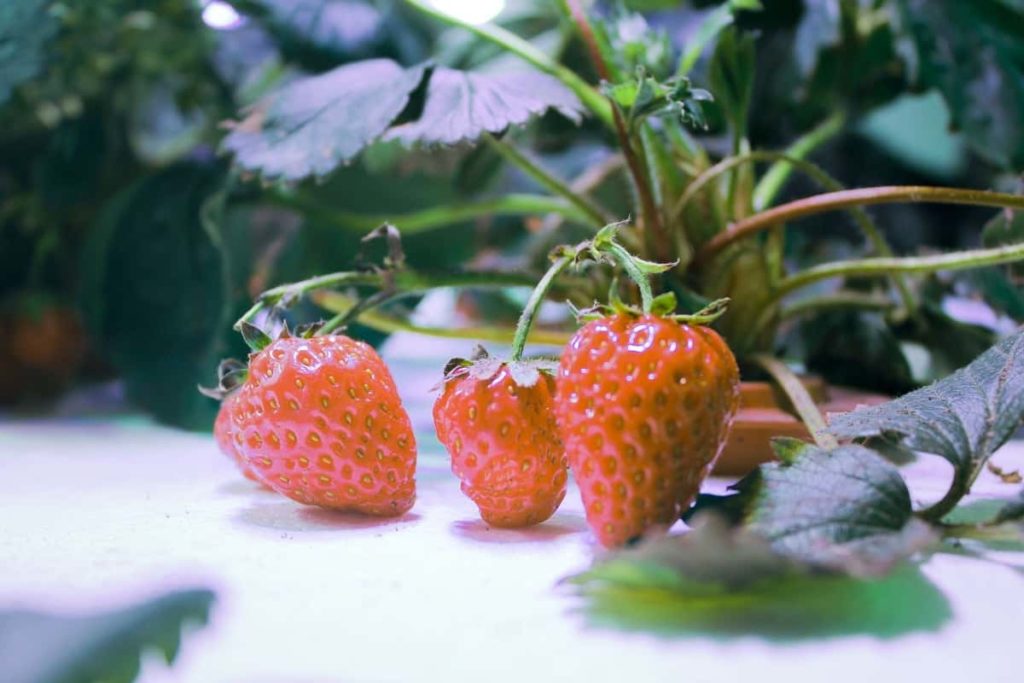Fish farming or Pisciculture involves the commercial breeding of fish, usually for food, in fish tanks or artificial enclosures such as fish ponds. Fish farming is quite a process. As mentioned earlier, we expertly guide you from when you choose the area where you want to keep the fish to the final stage where you market it. Selling fresh fish is another thriving and profitable fishing business that anyone can start. Currently, fish farming is the fastest growing area of animal feed production.
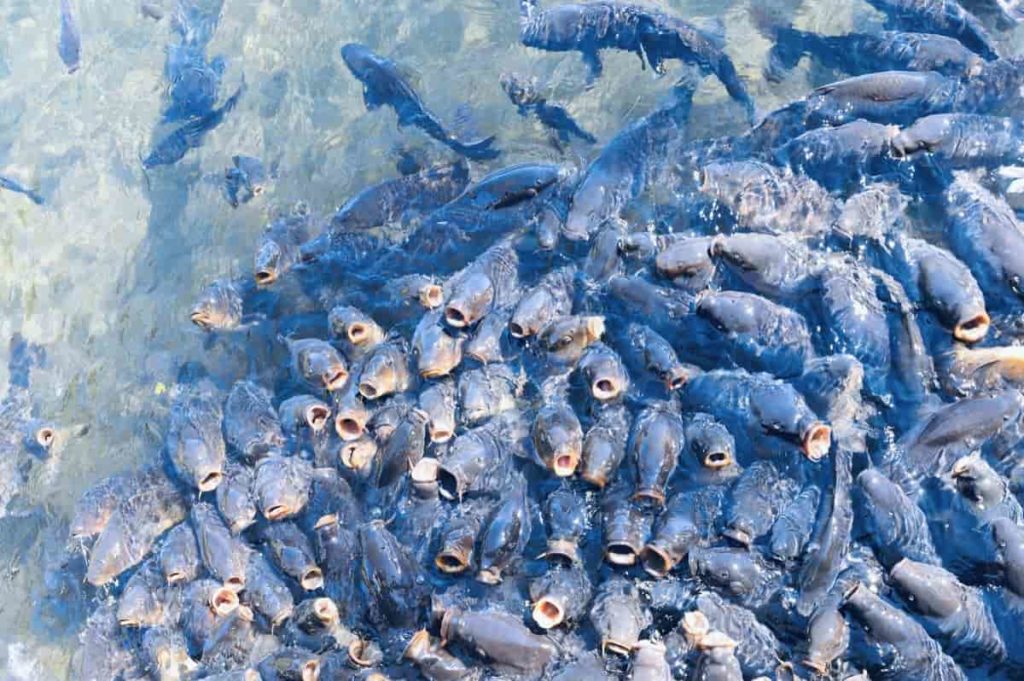
22 key rules for effective Fish farm management
1. Key rules for successful fish farm management
Fish farms serve the purpose of rearing fish for commercial and residential sales. Fish farms make money by selling their farmed livestock. If your fish farm allows customers to catch their fish, you can also charge for fishing equipment, access to fishing ponds, and fish cleaning services.
Fish farming is developing as a better employment option. Fish farming is the fastest-growing food production sector in the world. Hence, fish and fish-related products are in high demand worldwide. Fish farming has a vital role in the economy. It offers many employment opportunities in ancillary services and operations. This business demands careful daily supervision, skill, and specialized knowledge.
A fish farm is a place and base for a fish culture that meets the everyday needs of fish at various stages of fish life, growth, development, and commercial fish farm breeding, and for production management, integrated utilization, promotion of work efficiency, and should be in favor of economic benefits. Only in this way can innovative fish farms lay the foundation for increasing both production and income, creating economic efficiency and providing a favorable environmental environment.
2. Key elements of fish pond management
Fisheries management is a governmental system of appropriate environmental management rules and regulations based on defined objectives, including monitoring, control, and surveillance.
Set up farms and ponds – In starting this indoor fish farming, choosing whether you want a small or large-scale business is important. Then you plan to start small; if you have enough space in your house, you can make some space for the business. So whether you are starting small or large scale, make sure you look for a good fish tank; even if you use plastic boxes, you need to make sure that it has a good number of fishes are present. Also, it would help if you avoided pool leaks, pool decks, and shallow depth, which can result in additional construction and maintenance costs.
3. Effective way to make fisheries more productive
- Encourage sustainable fisheries management
- Fully implement the international agenda for fishes
- Optimize the data and capture the reconstruction
- Reduce illegal fishing through catch documentation
In case you missed it: How to Start Fish Farming on Terrace at Home: in Tanks on Small Scale, and a Guide for Rooftop Fish Farming
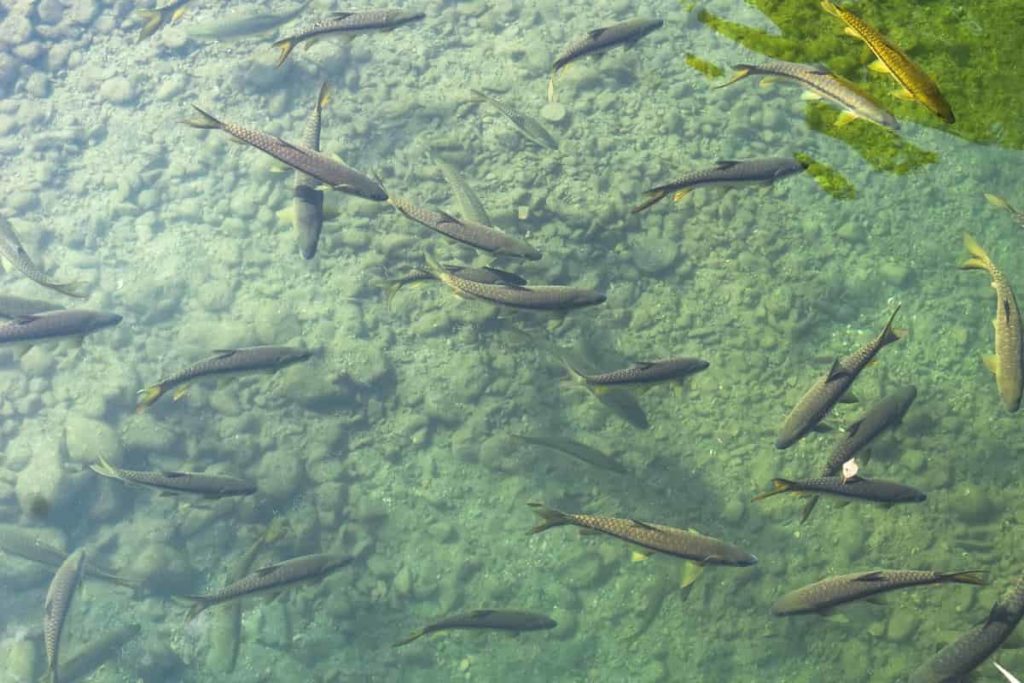
4. Water quality management for more production
Water quality management is very important in aquaculture, as farmed fish are highly sensitive to changes in parameters such as toxins, pH, temperature, and gas presence. Therefore, water quality must be monitored and controlled to maintain fish health, production, and quality. Fish need water quality to survive and grow. Quality water has no contaminants, is high in dissolved oxygen, and does not contain excessive organic matter.
Pond fencing is required to prevent livestock from trampling the pond edges, which causes pond shallowing, muddy water, and loss of fish. Water quality is the most important factor influencing fish health and performance in aquaculture production systems. Good water quality refers to what the fish want, not what we think the fish want. It means that we must thoroughly understand the water quality requirements of fish under culture. Fish survive and completely depend on the water they live in for all their needs.
5. Key rules for selecting equipment for fish farming
The artificial reproduction, rearing, and management of fish are done by a method known as pisciculture. It is also known as fish farming. You should get water from a reliable source. So once you have a pond or container set up, it needs to get juvenile fish and some fish food. If you plan large-scale indoor fish farming, you will need additional equipment such as pumps, aquarium or fish tanks, water testing equipment, nets or seine rails, aeration equipment, handling, and grading equipment.
6. Selecting the right fish species to reduce the production cost
After finalizing the type of fish farm to be used for raising fish, selecting and farming only aquatic species that complement the biomes is important. To maintain a healthy fish farm, choose species that can help maintain a healthy ecosystem. The spread of non-native and invasive species can lead to the hybridization or complete elimination of native species from a habitat. The most important fish used worldwide are carp, salmon, tilapia, and catfish. Wide varieties of these fish are suitable for farming in all climatic conditions.
Popular farmed fish species are Catfish, Atlantic Cod, Grass Carp, Roho Fish, Salmon, Silver Carp, Tilapia, and Tuna. Choosing the right fish species plays an important role in the success of a fish farming business. The decision should be based on maintenance, market demand, management, resource availability, etc.
7. Fish feeding and management tips for more production
Fish require some important things that play an important role in their survival, and some of them are food, proper lighting, and electricity, among others. You can reduce the cost of using electricity all the time by using glasshouses that can help provide enough light for the fish. In addition, feeding plays an important role in fish farming. Providing your fish with nutritious, fresh, high-quality food is essential for proper growth.
The high-quality fish meal helps increase fish production, thus keeping the fish healthy. All types of fish are expected to be fed multiple times. In addition, some potassium permanganate solutions, salt, and chemicals can also help prevent and remove diseases from fish ponds. To achieve high fish production, keeping your pond environment clean is advisable.
8. Strategies to reduce food costs in fish farming
Strategies to reduce feed costs by improving fish gut health and nutrient utilization in aquaculture. Use of probiotics to modulate gut microflora using selected bacteria. Supplement with exogenous enzymes to improve digestibility. All ponds produce some natural food for fish, but sometimes it’s not enough to get the fish you want. Supplemental feed is usually not required, but a fish meal may be beneficial when the crop demand is high or larger fish are desired.
Fish food formulated in pellet form is very common and is available in sinking or floating form. Floating pellets are beneficial because the person feeding the fish can see if the fish is eating or not as the feed floats. However, artificial feeding will also increase the weight of the fish.
In case you missed it: How to Start Cage Culture Fish Farming in India: Types, Cost, Profit, Report, and Management
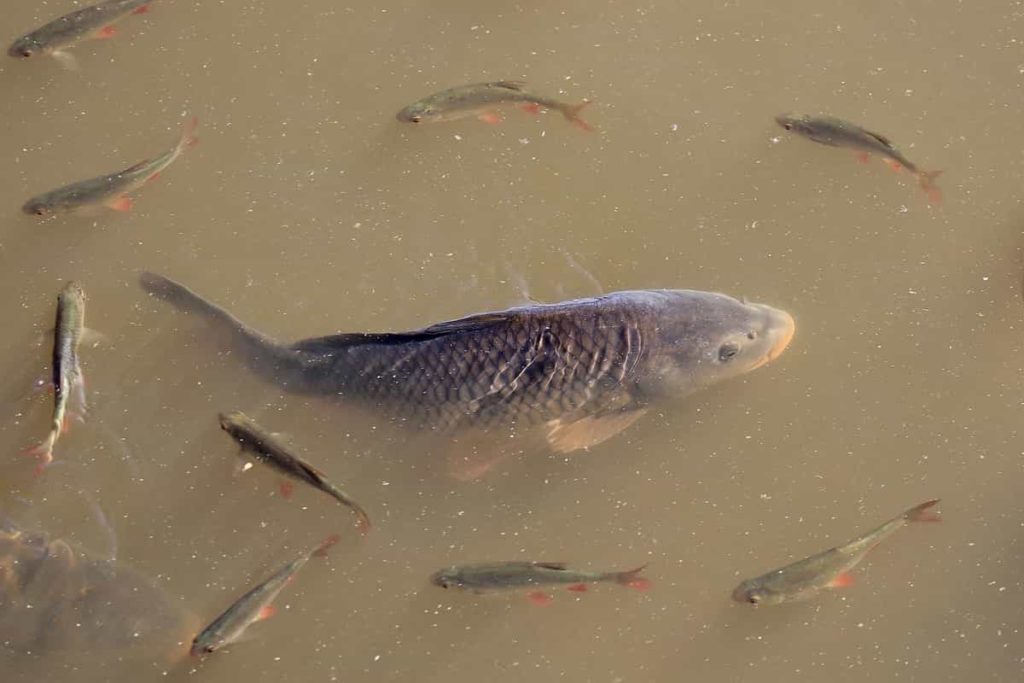
Quality of feed intake also plays an important role in maintaining culture and stock quality. Recommended feeding times are between 11 am and 4 pm; always feed the fish simultaneously and place them in your pond. You can “call” fish by knocking on the feed bucket or making a sound. The fish will quickly learn when and where to get the feed.
At the beginning of your feeding session, try to attract the fish to the feeding area by throwing only a small amount of feed over a large pond area. Evaluating feed efficiency by considering multiple characteristics is both efficient and practical. Some characteristics to consider include:
- Feed efficiency
- Increase rate of growth
- Overall quality
- Digestibility
- Health and immune support
- Reduction in medication costs
- Maintenance of water quality
The quality and integrity of selected feed will vary for different species and life stages. Formulating feed correctly will help ensure the best animal and farm results.
9. Costs involved in opening a fish farm management
Those part of the fish farming business is already familiar with the three stages of fish farming: fingerling, rearing and fattening. Each stage has its characteristics, each requiring special handling and care. If you’re starting an aquarium-based farm, you’ll need:
- Tanks and pumps
- Fish food and refrigerators
- Water aerators
- Water testing kits and equipment
- Investment in initial parent fish or eggs/fry
If you are running a commercial fish farm, you will need:
- Land for the ponds
- Pond excavation equipment
- Commercial size pumps, aerators, and water sources/maintenance equipment
- Boats for pond cleaning and management
- Supply of industrial fish feed
- Fish processing equipment for shipping and export
10. Key rules for selecting various methods of fish farming
- The first method in fish farming is the cage system, which uses cages placed in lakes, ponds, and oceans that contain fish. This method is also known as large-scale offshore farming. The fish are kept in cages-like structures, “artificially fed,” and harvested. Caged fish farming has made many technological advances, particularly with reduced disease and environmental concerns. However, the primary concern with the cage method is fish escapement and release into wild fish populations.
- Another method is an irrigation ditch or pond system for raising fish. It is a unique system as the fish are artificially fed on a small scale, and the waste formed by the fish is used to fertilize the farmers’ fields. In most ponds, the pond is self-sustaining because it grows plants and algae for the fish to eat.
- The third fish method, called composite fish culture, allows both local and imported fish species in the same pond. Depending on the number of species, it is sometimes upwards of six fish species in one pond. Fish species are selected carefully to ensure that the species can coexist and minimize competition for food.
- The fourth method, the integrated recycling system, is considered the most “pure” fish farming method. Hydroponic beds are placed near plastic tanks. Water in plastic tanks is circulated through the hydroponic beds, where the fish meal waste goes to provide nutrients to the plant crops growing in the hydroponic beds. Most plants grown in hydroponic beds are herbs such as Parsley and Basil.
- The final method of fish farming is called classic fry farming, also known as the “flow-through system.” It occurs when sport fish species are hatched from eggs and released into streams.
11. Features to maintain a high fish production
To increase fish growth and production; improve feed utilization, and reduce feed costs through better management practices such as well-adjusted daily rations or increased natural feed availability through fertilization/liming. Farmers raise fish in all towns mainly to earn more income and food security. Fish were mainly reared by individual farmers, with a few ponds managed by groups mostly under semi-intensive production.
The fish farming groups were mainly institutions and women’s groups. Fish farm owners choose to expand their market base by selling fish-related products, such as feed, pumps, aeration units, water testing equipment, or harvesting equipment. By offering these extras, fish farmers stay in touch with potential customers, even when not selling fish.
In case you missed it: How to Start Perch Fish Farming: Raising in Ponds, and Cages, A Step-By-Step Guide for Beginners
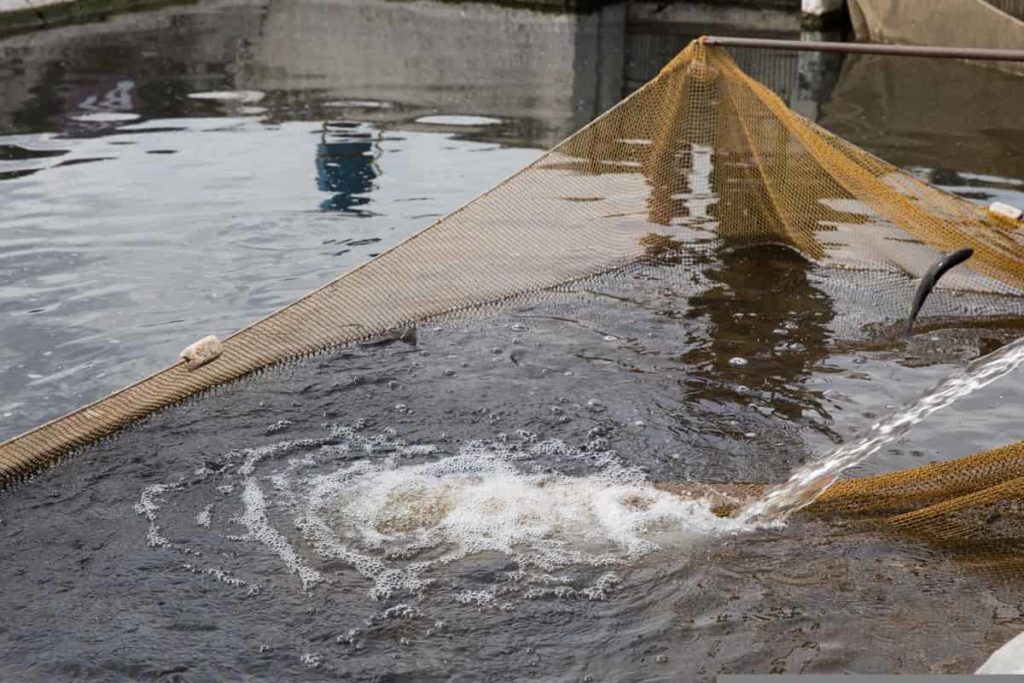
12. Learn the skills required for successful fish farming
Certain skills are essential when starting a fish farming business. Some government-run farms run training programs. You can attend these types of programs to learn skills. Also, we can learn skills by working on a successful fish farm. It will teach you about disease control, water quality management, marketing, feeding, and processing. While starting a fish farming business, we need to pay attention to some important things. They are given below.
- Ensure you have consistent water quality.
- Check if the water temperature is suitable for breeding fish.
- Easy access to the fish pond for harvesting and feeding.
- Test the water if you are starting fish farming both bacteriologically and chemically.
- Understand modern technical ways of risk management and risk assessment.
- It is important to locate reliable suppliers for fingerlings, fish eggs, and fish feed.
- Learn about the permits and legal compliance required to start a fish farming business in your area.
13. Fish farming supplies for effective management
Fish farm supplies can range from feed and feeders, filtration systems, hatchery supplies, heating and cooling systems, lighting, equipment, plumbing, predator control, and tank and water treatment products, to name a few.
- Feed and feeders – Feed quality is important in fish farming and is very important for fish health. Depending on the feed, it can help with desirable color, growth, and overall health.
- Water filtration systems – These are important to reduce environmental impact. Filtration involves removing waste products from water. Many different types of filtering systems can be used, but it often depends on the condition of the filtration process. A staging filtration system must be in place to ensure optimum results.
- Hatchery supplies – It includes everything from fish graders to shipping supplies for spawning and handling containers.
- Predator control – These tools are used in fish habitats, often involving physical barriers that may include visual and audio barriers.
14. Develop a best practices management program in fish farming
It is essential for achieving optimal farm performance. A well-implemented management program will support improved feeding and biosecurity practices. Review feeding tables for accurate information on feeding frequency, feeding rates, ration size, and timing. Communicate well with less technical working team members; this is critical for successful implementation.
Both overfeeding and underfeeding can negatively impact FCR – alternatively, correct feeding management can improve farm results. Automated feeding tools require an initial investment, but they help reduce labor costs and eliminate feeding that can contribute to poor water quality. Proper management of fish practices mentioned above will also create more opportunities for scaling.
15. Tips to make your fish farm more environmentally sustainable
Choosing the right farm location – The location of the farms is as important as the fish themselves. The selection of a more ecologically diverse and sensitive site should not be considered as over-farming may threaten biodiversity. Everything from the decline of small species to rising pH levels can threaten entire ecosystems and damage biodiversity.
Shallow and sheltered areas from tropical storms and tidal waves are ideal for organic fish farming. Additionally, wetlands such as mangroves and swamps are constantly flooded and have a large population of malarial mosquitoes, which can be dangerous for field workers.
Farm type – There are many specific types of fish farms with intensive and extensive fish farming systems. Choosing the right type of fish farm determines the species that will survive. Different types include biofloc farming, open ponds, tanks, cages, and many others.
16. Key rules for success in the fish farming business
- Success in aquaculture requires hard work and commitment.
- Recognize that fish are living animals and must be treated.
- Human resources, management skills, and a drive are essential to success.
- When learning about aquaculture, start small to minimize the risk of loss.
- Produce high-quality products at a high price and provide good service.
- Business experience and knowledge required.
- Marketing your fish is where the money is made.
- Aquaculture is a high-risk business.
- It also takes a long time to profit from aquaculture.
- Work only with proven fish production technology.
In case you missed it: Carp Fish Farming in India: How to Start, A Step-By-Step Guide for Beginners
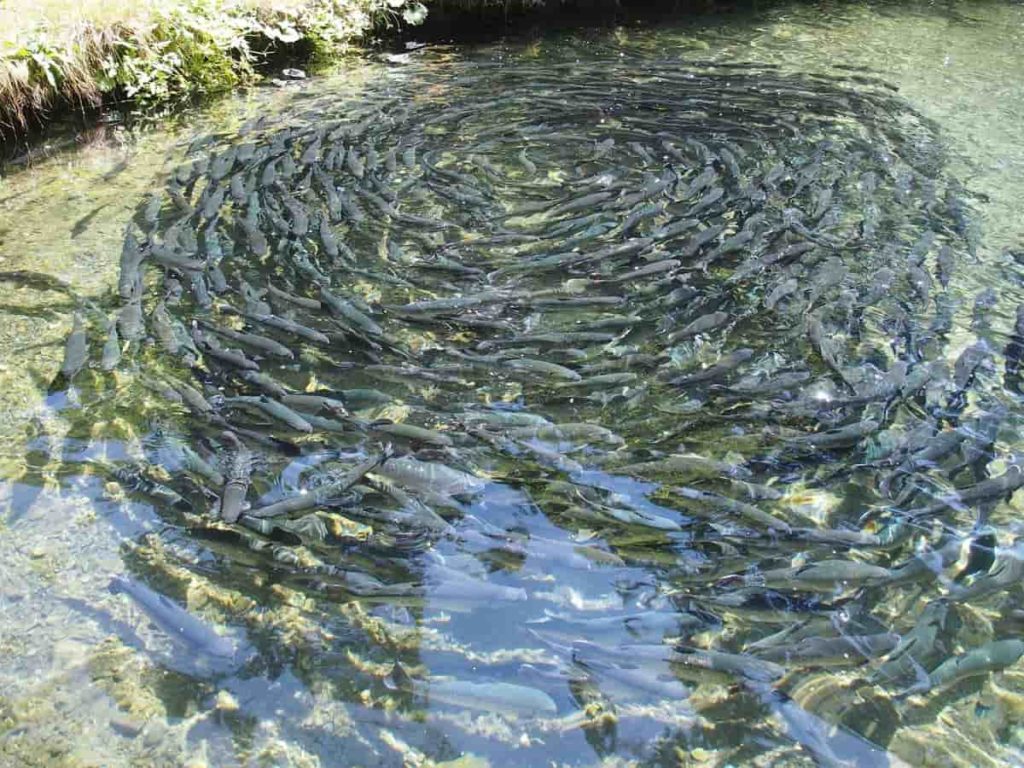
17. Fish growth tips for reducing production cost
- Healthy fish growth requires proper supervision, continuous monitoring, and management. Timely renovation, stocking of appropriate size of fish seed, species ratio, and stocking number control the rate of growth of fish culture in pre- and post-monsoon months.
- Proper management is critical to maintain the proper growth of fish. Timely rehabilitation, stocking of appropriate size of fish seed, species ratio, and stocking rate control the growth rate of fish.
- Management under fish farming includes pre-stocking and post-stocking management, depending on weather/climate conditions to minimize unavoidable risk.
18. Management practices for reducing production costs in fish farming
- Regular monitoring of water levels and water levels and water quality.
- An adequate supply of supplementary feed to fish for proper growth.
- Periodic netting to check fish health and growth.
- Maintain input-output register for cost-benefit in fish culture.
- Prioritize periodic harvesting to promote growth and cultivate fish as a cash crop.
- Do not store feed for too long.
- Avoid overfeeding and underfeeding the fish.
- Do not differentiate between feedings.
- Add organic and inorganic fertilizers as needed to maintain natural nutrients in the pond.
19. Key rules for harvesting fish
- The fish should be ready for harvest within six to nine months. Stop feeding the fish 2 days before harvest. Prepare tools (seine nets, plastic buckets, weighing scales) and labor for harvesting.
- Harvesting is done early in the morning. During harvest, handle fish carefully to avoid post-harvest damage. Always wet your hands and keep the fish in the water as long as possible. Partially drain the pond very early on harvest day.
- It is done either by using nets or in cases where you are harvesting whole fish by draining the entire volume of water. It must be noted that different food types are cultivated at different stages and weights. To get the most food and provide quality fish to your customers, you must ensure they are harvested correctly and at the right time.
20. Goals and objectives of successful fisheries management
The goal of fisheries management is to preserve the economic value of the fishery, usually by implementing regulations that will lead to an economically beneficial but demographically sustainable harvest of the desired species.
Get proper training – To succeed in fish farming, you must acquire adequate knowledge, technical skills, and training. Training here does not mean what kind of training you get from a one-day seminar, as proper training should help you identify healthy fish, prevent the spread of disease, and understand the type of drugs and timing of drug administration. Otherwise, you can learn as an apprentice or get an expert under a practicing fish farmer to run the farm effectively. You also take some online courses, read books and do a lot of research through Google.
Get a good place for the fish pond – After determining the fish type, the next important thing you want to do is find a place for the fish pond. A fish pond can be located almost anywhere because the fish do not cause any environmental disturbance. You can rent or buy land depending on how you plan to operate. Also, if you have a spare space in your compound that can accommodate two or three pools, you can use it.
In case you missed it: Basic Equipment and Tools Required for Fish Farming: A Beginners Guide
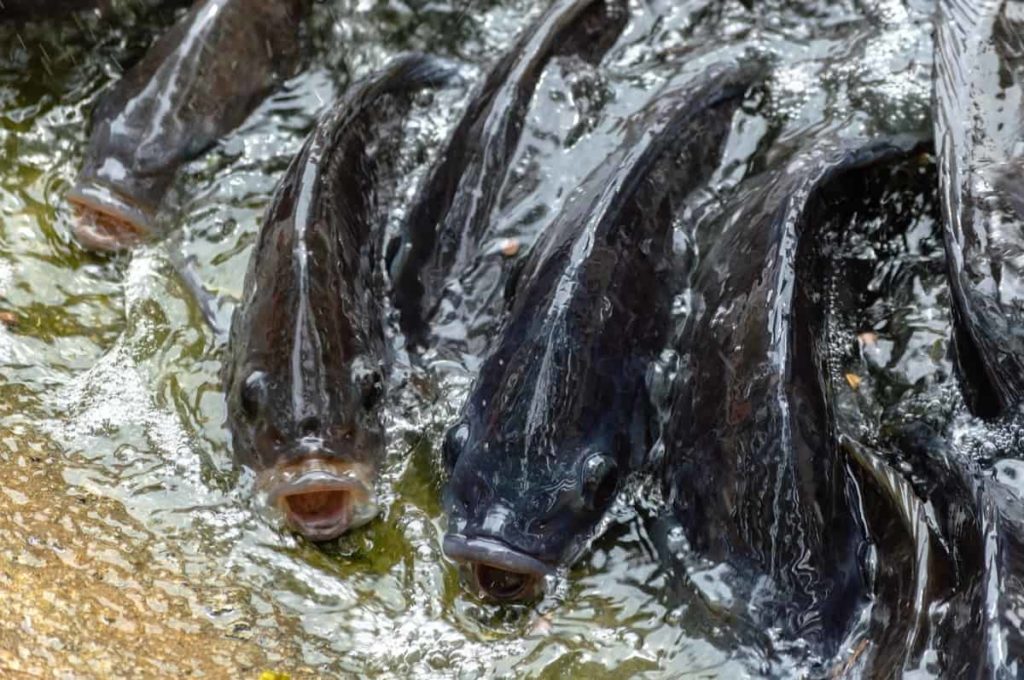
21. Effective solutions for fish farming problems
Fish farming produces large quantities much faster, cheaper, and more efficiently than wild-caught fish. Unfortunately, when something looks good, it often is.
Pollution – This overcrowding of fish creates problems such as disease and pollution. A major source of pollution is the accumulation of fish waste and uneaten food at the bottom of sea pens, which can degrade the surrounding water quality. It is becoming a large problem, as are the frequently used solutions for these diseases. Some aquaculture production relies on prophylactic antibiotics to prevent infection. The use of antibiotics in fish can lead to the development of drug-resistant bacteria that can spread to wild populations.
22. Effective market analysis in fish farming
During the market analysis, fish farmers need to know the popular types of fish in the local market, the current supply and market demand of the fish market, the overall consumption situation, the development policies of fish farming, and so on. Need to know about the practical analysis of the market is very important for business operations. Through a strong analysis foundation, fish farm entrepreneurs can be fully aware of the factors influencing demand, take advantage of potential markets and manage product distribution rationally.
At the same time, minimizing errors can help improve scientific and decision-making accuracy. In a word, entrepreneurs can better understand the proportional relationship between the supply and demand of fish in the market, adopt the right business strategy, and meet the market demand. The detailed market of local fish farming can increase economic benefits through analysis.
Conclusion
Fish farming is rearing organisms that live commercially in water in controlled or semi-controlled environments to increase productivity. Although starting a fish farm is the same for small and large-scale farmers, you only need fingers and a pond in small-scale farming. This step-by-step procedure will help you identify the best species you can farm and also guide you on the different feeds to give your fish and how to prepare your fish farm properly.
- Goat Farming Technology: The Future of Goat Husbandry
- How to Build a Low-budget Goat Shed: Cheap Ideas and Tips
- Goat Farming Training Programs in India: A Beginner’s Guide
- Types of Pesticides Used in Agriculture: A Beginner’s Guide
- Economical Aquaculture: A Guide to Low-Budget Fish Farming
- 15 Common Planting Errors That Can Doom Your Fruit Trees
- How to Make Houseplants Bushy: Effective Tips and Ideas
- Innovative Strategies for Boosting Coconut Pollination and Yield
- Pollination Strategies for Maximum Pumpkin Yield
- The Complete Guide to Chicken Fattening: Strategies for Maximum Growth
- Natural Solutions for Tulip Problems: 100% Effective Remedies for Leaf and Bulb-Related Issues
- Revolutionizing Citrus Preservation: Towards a Healthier, Greener Future
- Natural Solutions for Peony Leaf and Flower Problems: 100% Effective Remedies
- Maximizing Profits with Avocado Contract Farming in India: A Comprehensive Guide
- Natural Solutions for Hydrangea Problems: 100% Effective Remedies for Leaf and Flowers
- The Ultimate Guide to Choosing the Perfect Foliage Friend: Bringing Life Indoors
- From Sunlight to Sustainability: 15 Ways to Use Solar Technology in Agriculture
- The Ultimate Guide to Dong Tao Chicken: Exploring from History to Raising
- The Eco-Friendly Makeover: How to Convert Your Unused Swimming Pool into a Fish Pond
- Mastering the Art of Delaware Chicken Farming: Essentials for Healthy Backyard Flocks
- 20 Best Homemade Fertilizers for Money Plant: DIY Recipes and Application Methods
- How to Craft a Comprehensive Free-Range Chicken Farming Business Plan
- Brighten Your Flock: Raising Easter Egger Chickens for Beauty and Bounty
- How to Optimize Your Poultry Egg Farm Business Plan with These Strategies
- Subsidy for Spirulina Cultivation: How Indian Government Schemes Encouraging Spirulina Farmers
- Ultimate Guide to Raising Dominique Chickens: Breeding, Feeding, Egg-Production, and Care
- Mastering the Art of Raising Jersey Giant Chickens: Care, Feeding, and More
- Ultimate Guide to Raising Legbar Chickens: Breeding, Farming Practices, Diet, Egg-Production
- How to Raise Welsummer Chickens: A Comprehensive Guide for Beginners
- How to Protect Indoor Plants in Winter: A Comprehensive Guide
- Ultimate Guide to Grow Bag Gardening: Tips, Tricks, and Planting Ideas for Urban Gardeners
- Guide to Lotus Cultivation: How to Propagate, Plant, Grow, Care, Cost, and Profit
- Agriculture Drone Subsidy Scheme: Government Kisan Subsidy, License, and How to Apply Online
- Ultimate Guide to Raising Araucana Chickens: Breed Profile, Farming Economics, Diet, and Care
- Bringing Hydroponics to Classroom: Importance, Benefits of Learning for School Students
- Ultimate Guide to Raising Polish Chickens: Breed Profile, Farming Economics, Diet, and Care
